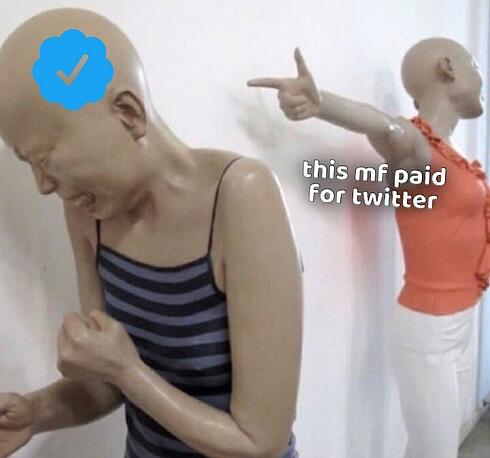Today, 27% of small businesses don’t have a website. In today’s digital world that’s a huge mistake. What’s holding them back? The top reasons are cost and lack of technical know-how.
In today’s digital world, having a business website isn’t an option — it’s a must. Luckily, there are many free website builders that make the process easy. We’ve compiled 17 of the best options. They offer robust functionality like SEO benefits, mobile optimization, and professional-looking templates.

These builders are the next best thing if you’re on a tight budget. Better yet? Most of the free website builders have paid options if you need additional features as your business grows.
The 17 Best Free Website Builders
Website Builder Features You Need
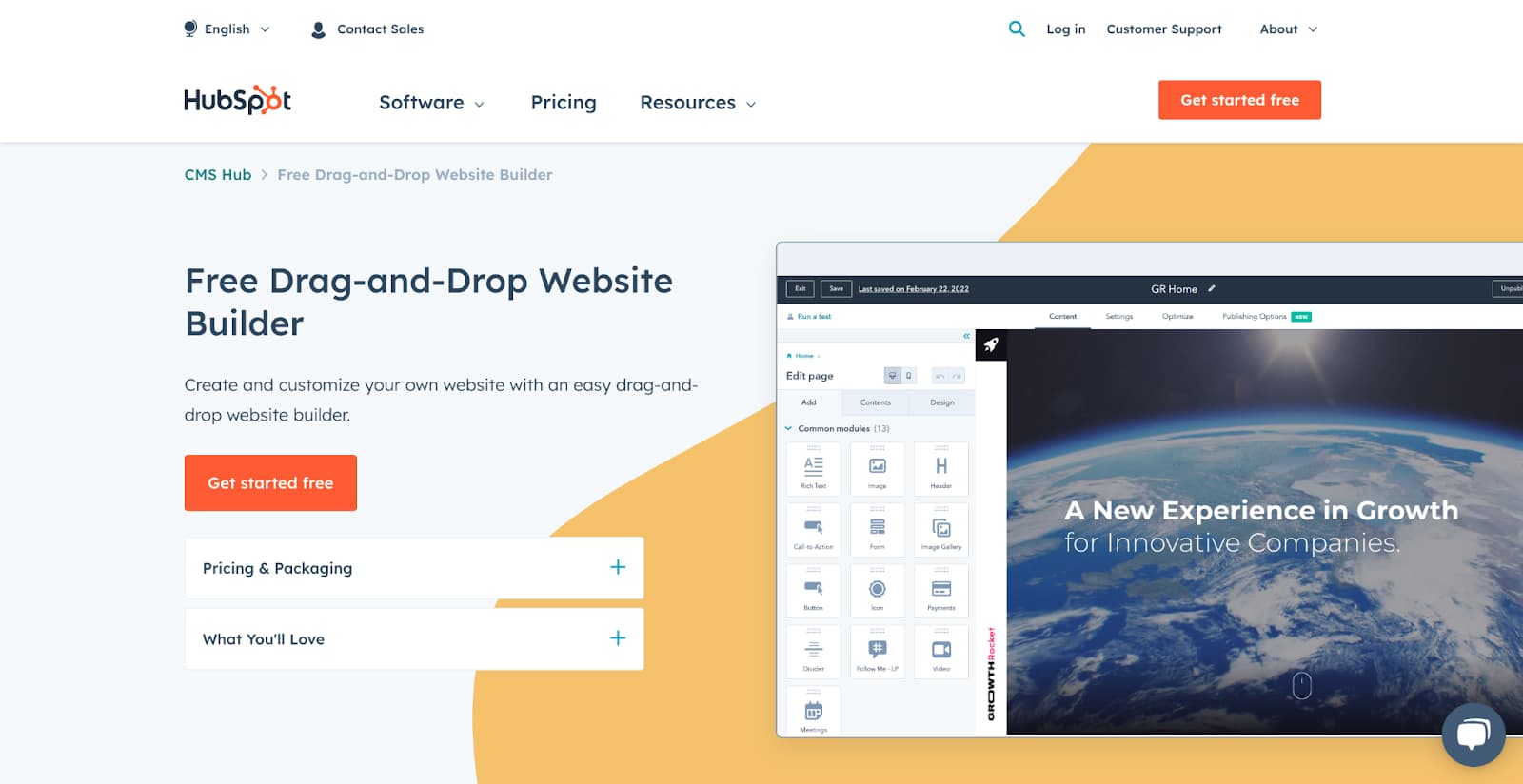
Get started with the drag-and-drop builder!
Designing a beautifully branded website doesn’t have to be complicated. If you’re taking the DIY route to create your own website and don’t have coding experience, consider HubSpot’s drag-and-drop website builder.
It comes with everything you need to build a website, including content management system (CMS) tools, themes and templates, security features, and a built-in content delivery network (CDN) to ensure pages load quickly.
It also connects easily with HubSpot CRM. That lets you integrate contact forms, live chat requests, and more. This website solution is ideal for businesses already using HubSpot’s CRM tool.
Core Features
Advantages
- Personalization (thanks to HubSpot’s CRM)
- Security
- Responsive themes and templates
Disadvantages
- Multi-language blog functionality is still being implemented
- You’ll need to learn HuBL (HubSpot’s templating language) to build custom modules and coded templates
Pricing: A limited free plan is available. The premium CMS plans with additional features start at $23 a month when billed annually.
What we love: HubSpot’s website builder connects seamlessly with HubSpot CRM, allowing you to easily integrate your favorite marketing tools with your website.
Brands Using HubSpot
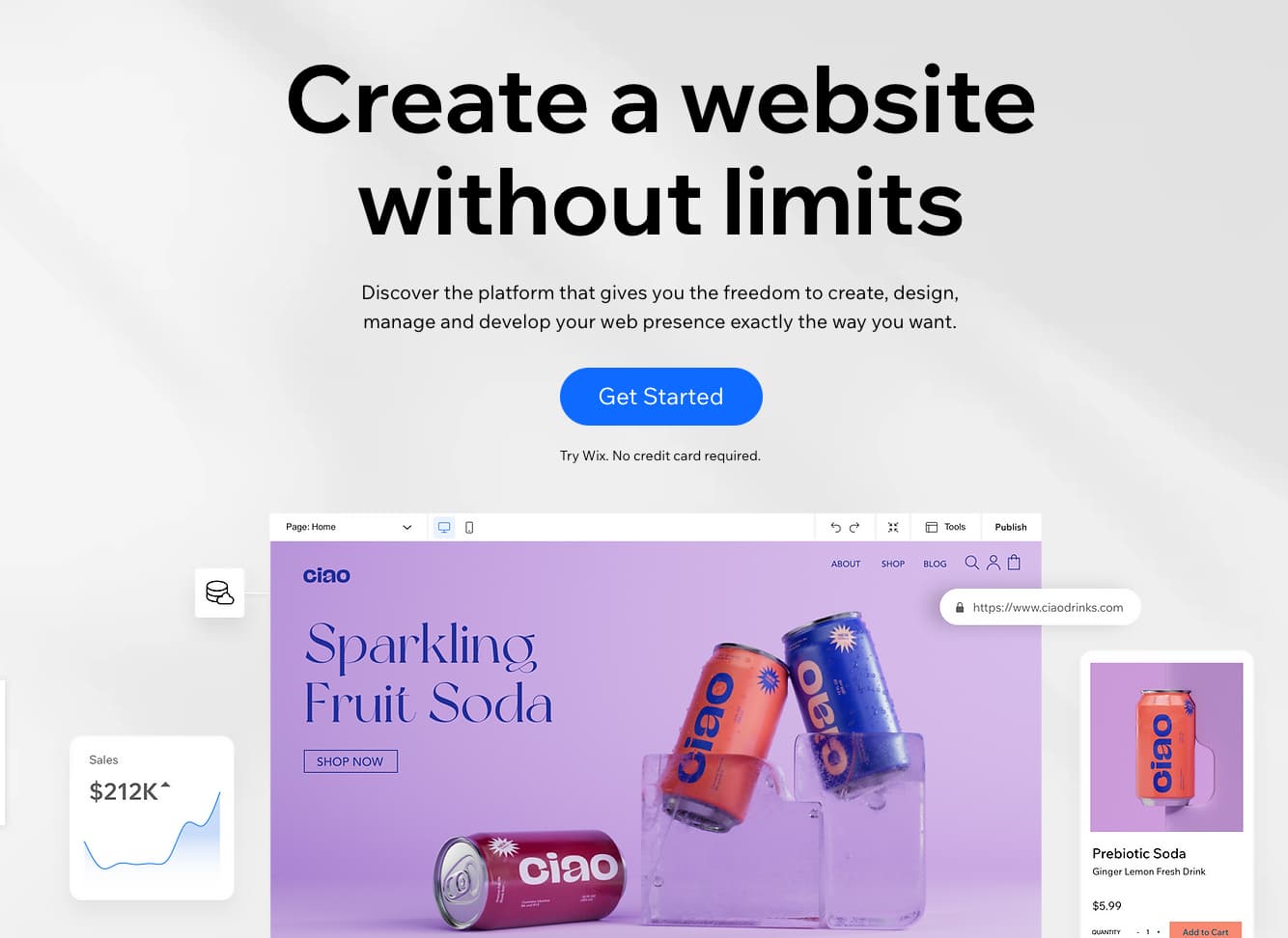
Image source
With over 200 million users, Wix is one of the most popular free website builders. The easy-to-use, fully-hosted platform offers an easy drag-and-drop editor, an extensive collection of apps, and professional-looking templates.
Wix can even propose a design for your site using its Artificial Design Intelligence (ADI) software, Editor X.
Core Features
- A drag-and-drop editor
- A large collection of apps and templates
- Analytics and reporting
Advantages
- Easy to use
- Large collection of apps and templates
- Optimized for mobile
Disadvantages
- The free version displays ads
- The premium plans are pricey when compared to others on this list
- The only way to change templates is by creating a new site and transferring your premium plan to it
Pricing: A limited free plan is available. Premium plans start at $16 a month when billed annually.
What we love: Wix’s ADI software can help you develop a fully functional website in no time. We like that the ADI software can suggest a website’s text, fonts, colors, and more.
Brands Using Wix
3. WordPress.com
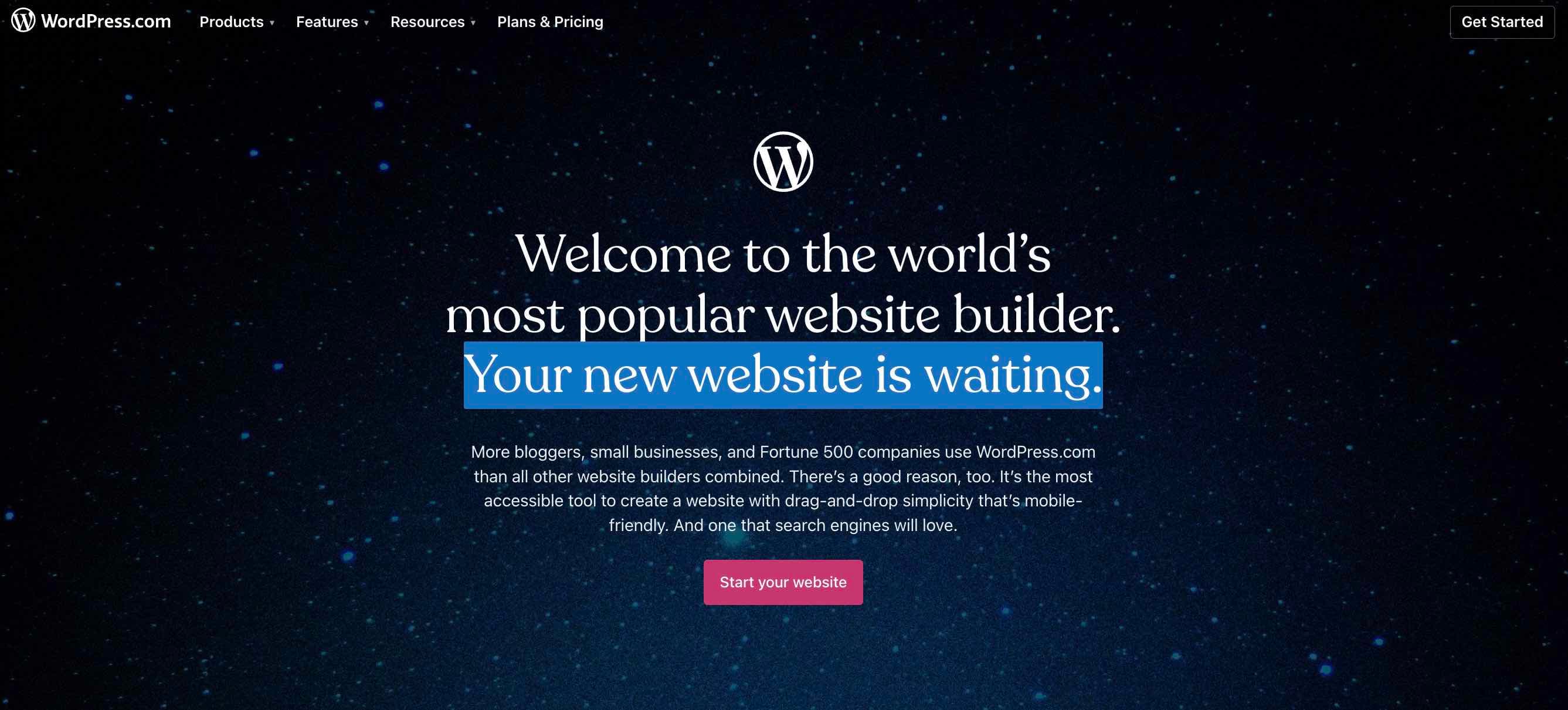 Image source
Image source
WordPress is the world’s most popular free website builder, with a 43% market share in the content management space. When building websites with WordPress, you have two options: WordPress.org and WordPress.com.
WordPress.org lets you download WordPress’s open-source software so you can build and customize a website to fit your needs. However, there are a few caveats.
Not only will you need a domain name and hosting before you get the website going (which comes at a cost), but you’ll also need to learn how to maintain and keep the website secure on your own.
In contrast, WordPress.com is much more beginner-friendly. It’s a fully-hosted free website-building service offered by Automattic that uses the WordPress framework to provide a smooth website creation experience.
The only downside is that the free version is far less customizable than WordPress.org. For instance, you can’t customize plugins, and domain names are limited to [yourname].wordpress.com.
Still, WordPress.com’s free version empowers you to create visually stunning websites, blogs, and landing pages using the Classic Editor or the powerful new Gutenberg block-based editor.
Besides that, you can add assets like contact forms, videos, and embedded content to WordPress pages using plugins, an add-on feature compatible with WordPress but usually managed by another company.
For example, HubSpot offers a WordPress marketing plugin that lets you capture contacts through WordPress and track them in HubSpot’s free CRM.
Core Features
- Large collection of themes and plugins
- Mobile-friendly and optimized for SEO
- Managed website hosting and security
Advantages
- Customizable
- Flexible
- Mobile and desktop apps available
Disadvantages
- The free version displays ads
- More limitations compared to WordPress.org
- Although intuitive, it’s more difficult to learn than other drag-and-drop builders
Pricing: A limited free plan is available. Premium plans start at $16 a month when billed annually.
What we love: WordPress.com easily integrates third-party apps and widgets, including HubSpot’s WordPress marketing plugin.
Brands Using WordPress.com
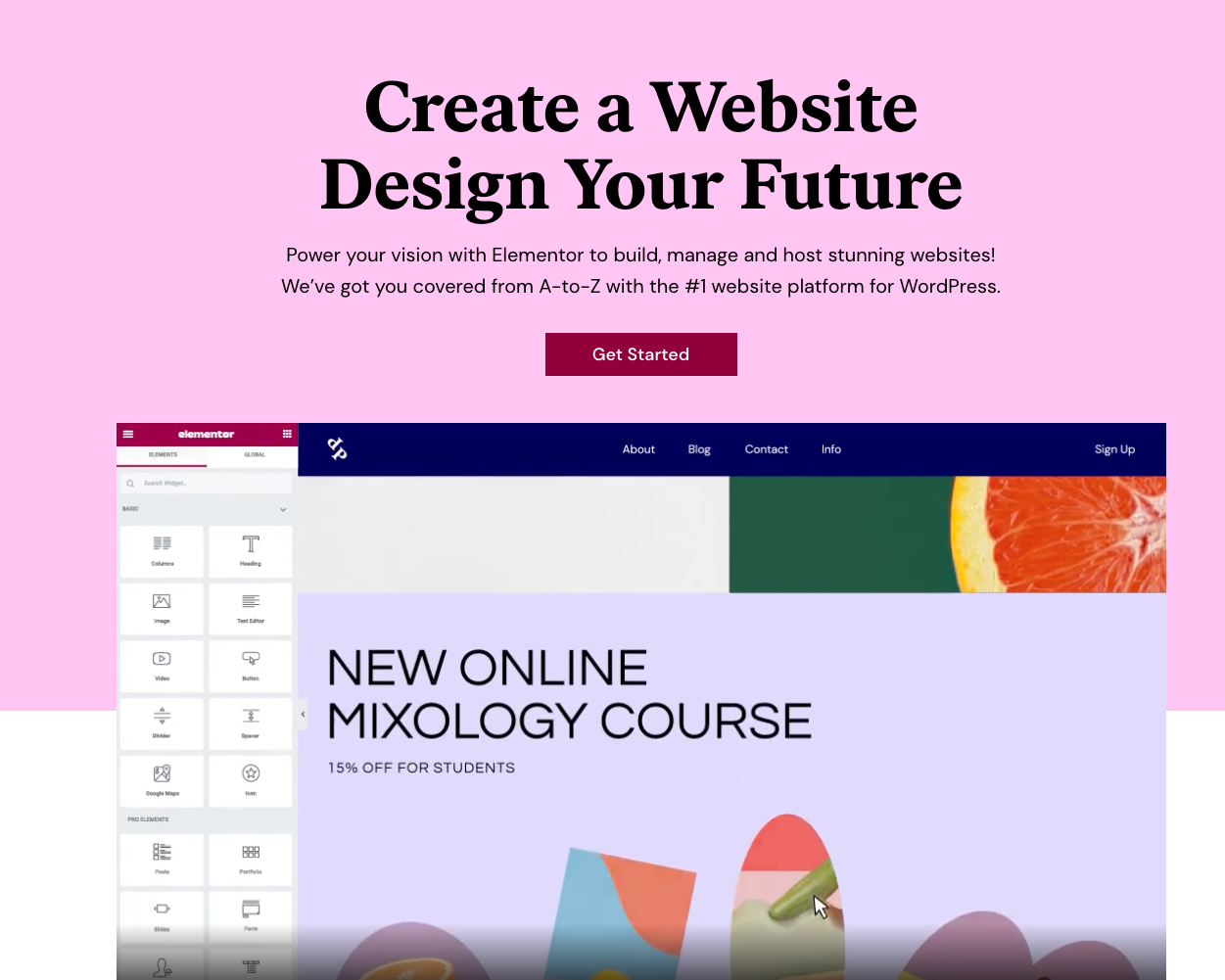
Image source
While WordPress makes site building beginner-friendly, WordPress page builders make refining your website and achieving your dream design easier.
Trusted by over 5,000,000 users, Elementor is a no-code drag-and-drop page builder that’s a great option for getting a customized WordPress site off the ground quickly. Choose from hundreds of mobile-optimized page templates without worrying about the underlying code.
Core Features
- Drag-and-drop builder
- Live editing
- A large library of mobile-responsive templates
- Multiple partners build templates and add-ons for Elementor (e.g., Astra)
Advantages
- Beginner-friendly
- Live editing
- Third-party integrations
Disadvantages
Pricing: A limited free plan is available. Premium plans start at $49 a year (without hosting).
What we love: With Elementor, you do not have to be a pro to edit your site. Live editing makes adding a quick update or changing your website a breeze.
Brands Using Elementor
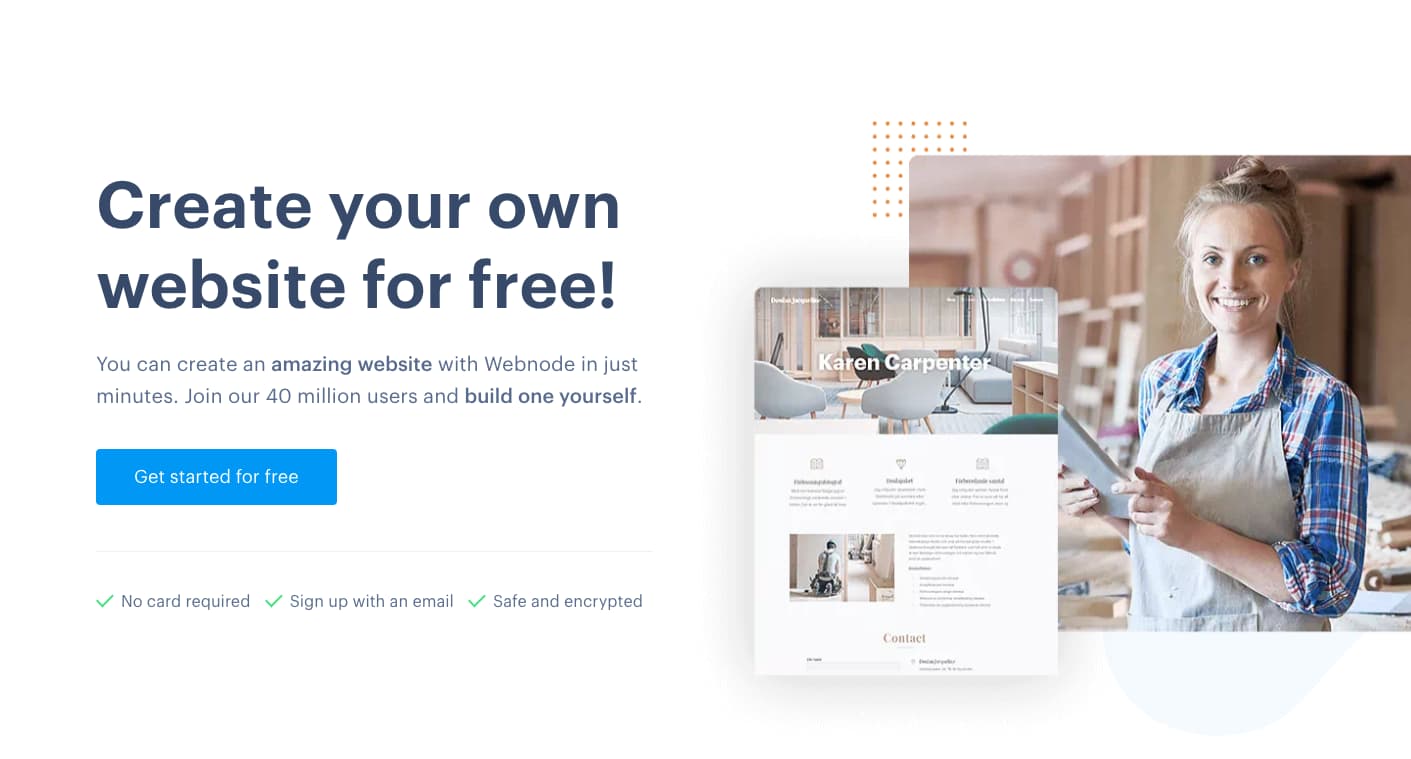
Image source
With over 40 million users, Webnode is one of the more popular website builder tools for a good reason. It’s affordable, easy to use, and supports multilingual websites — up to 20 different languages.
Webnode is perfect for personal, professional, and small business websites, as it supports ecommerce stores.
Core Features
- Pre-designed templates
- Ecommerce support
- Mobile-ready
Advantages
- Multilingual support
- Mobile-responsive pages
- Backup and restore features
Disadvantages
- Webnode doesn’t come with a built-in app store, making it more complicated to add extra functionality to the website
- Limited customization options
- Limited blog and ecommerce functionality
Pricing: A limited free plan is available. Premium plans start at $3.90 a month when billed annually.
What we love: We appreciate Webnode supports multiple languages. This makes it possible to expand your strategy to include non-English speaking markets.
Brands Using Webnode
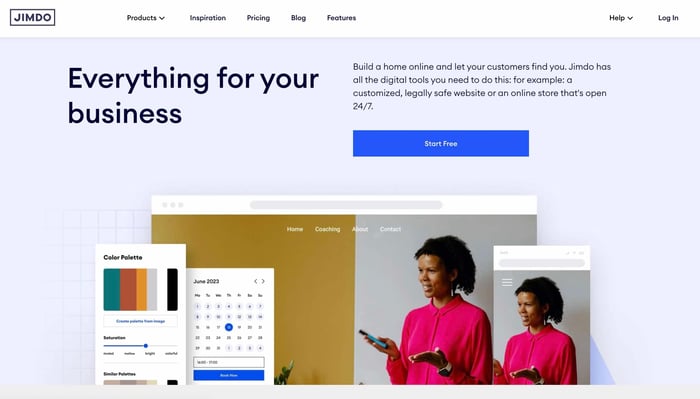
Image source
Founded in 2007, Jimdo is a German-based company that provides AI-powered website builder tools for independent small businesses. The builder, Dolphin, asks users questions and suggests designs based on their answers.
If you’re curious about what these AI-powered designs look like, Jimdo showcases a few examples on its page.
With 500 MB of space, you’ll likely have more than enough space to build your site, and it even provides HTTPS/SSL encryption, meaning your visitor’s information will be kept safe. Plus, you can integrate your site seamlessly with social media accounts.
Jimdo is also an excellent option for international companies because it lets you create mobile-optimized websites in over nine languages.
Core Features
- AI-powered website builder
- SSL encryption
- GDPR-compliant
- Mobile app available
Advantages
- Easy to use
- Mobile-responsive
- Fast load speeds
Disadvantages
- Limited range of available features
- Few design options
Pricing: A limited free plan is available. Premium plans start at $9 a month when billed annually.
What we love: We love Jimbo’s AI-powered website builder. The AI questionnaire and suggestions are helpful for users who may not know exactly what they want out of their website.
Brands Using Jimdo
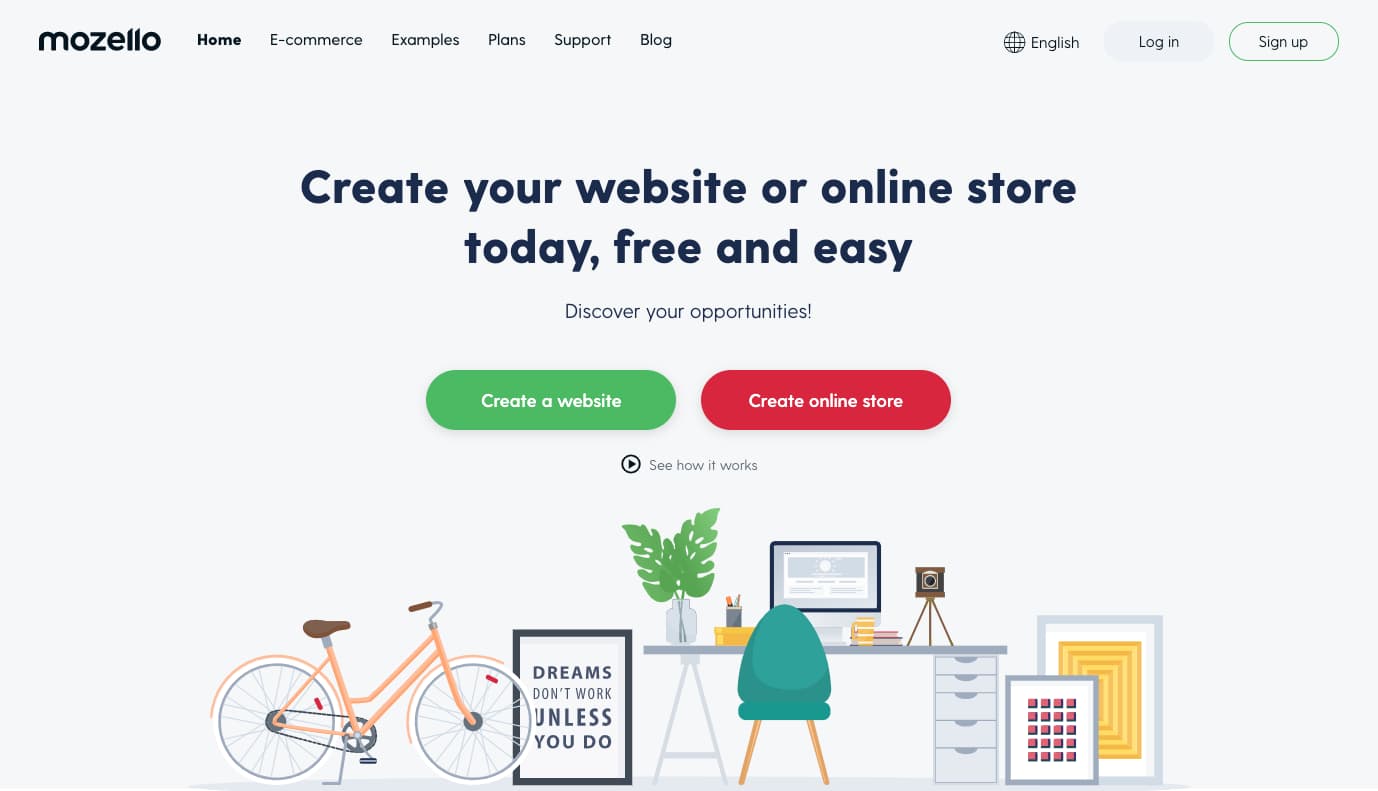
Image source
Mozello has all the basic features you need to build a website: a drag-and-drop editor, template library, and ecommerce functionality. One of the biggest selling points for Mozello is that the builder allows you to create a multilingual site for free.
You can check samples of websites built on Mozello on its portfolio page.
Core Features
- Drag-and-drop website builder
- Template library
Advantages
- Easy to use
- Support for multilingual websites
- Ecommerce functionality
Disadvantages
- The drag-and-drop builder isn’t as intuitive as some others on this list.
- Limited design customization
- The free version displays ads
Pricing: A limited free plan is available. Premium plans start at $8 a month when billed annually.
What we love: Mozello is an ecommerce-friendly website builder. Use Mozello to turn your website into a digital storefront.
Brands Using Mozello
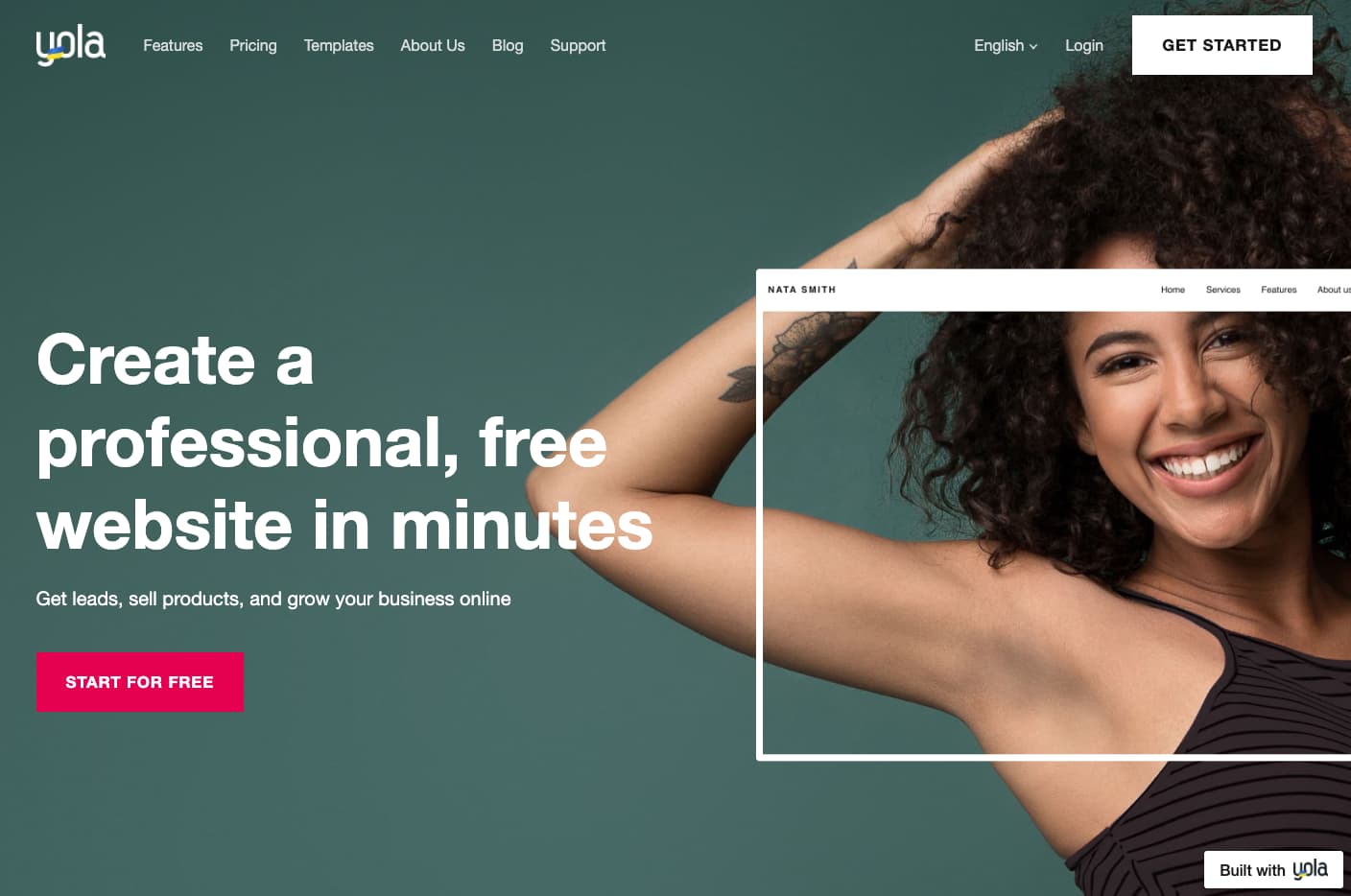
Image source
Founded in 2007, Yola is a free website builder built to eliminate the hassle of creating a website.
It comes with a drag-and-drop builder, hundreds of customizable and mobile-optimized templates, and pre-designed blocks that allow you to create all kinds of websites — even online shops.
Core Features
- A drag-and-drop website builder
- Free customizable templates
- Support for multilingual websites
Advantages
- Ecommerce features available
- Social selling features
- Mobile-optimized
Disadvantages
- No blogging feature
- The free version displays ads
- Navigation and design limitations
Pricing: A limited free plan is available. Premium plans start at $4 a month when billed annually.
What we love: We love that Yola takes the stress out of building a website. Yola features many customizable templates that make building a website a piece of cake.
Brands Using Yola
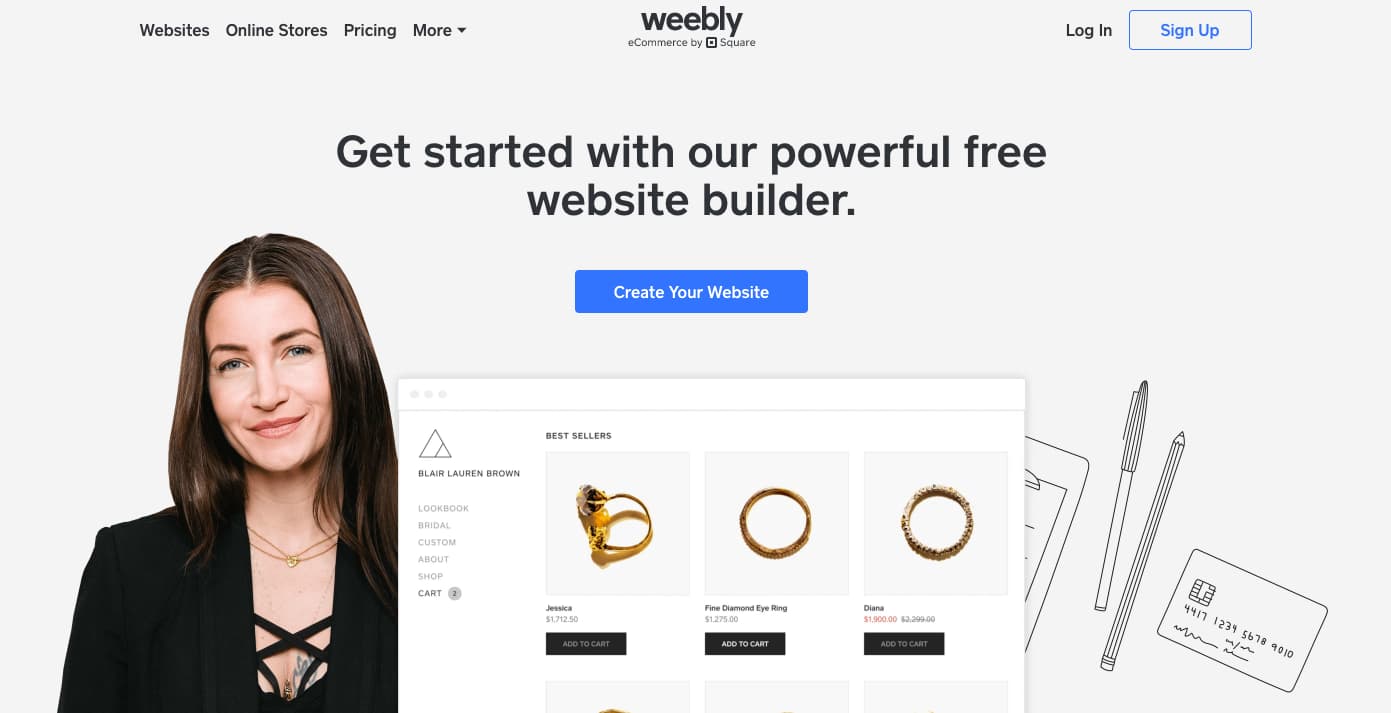
Image source
Weebly is an open-source software-as-a-service (SaaS) solution that offers web hosting, domain registration, web design, and ecommerce functions. Weebly is great for businesses and startups.
For a free website builder, Weebly’s particularly flexible. It’s compatible with every device and platform and easy to use.
Like Wix, Weebly has drag-and-drop functionality, an integrated CMS solution, and hand-coded HTML files. The in-house editor comes with SEO tools and Google Analytics.
Core Features
- Drag-and-drop editor
- Integrated CMS solution
- Free SSL certificate
- SEO tools
- Analytics and reporting
Advantages
- Helpful SEO resource tools
- Good selection of paid and free apps in the app center
- The free plan has ecommerce functionality
Disadvantages
- Limited choice of themes
- The free and basic paid plans display ads
- Limited SEO functionality
Pricing: A limited free plan is available. Premium plans start at $6 a month when billed annually.
What we love: Weebly features many helpful SEO tools and resources to get you started with an SEO strategy. Build upon Weebly’s SEO tools to boost your website rankings in Google and other search engines.
Brands Using Weebly
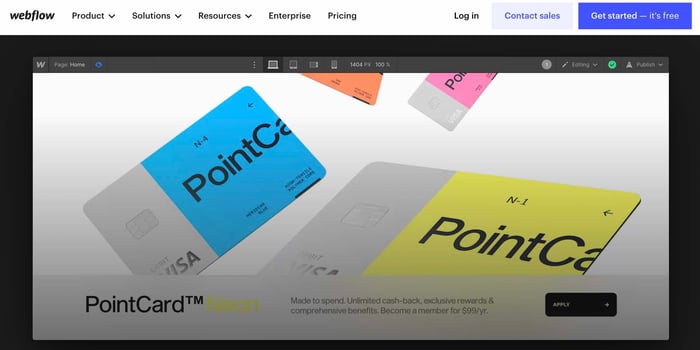
Image source
While most of the other builders in this list are for people without a ton of coding knowledge, Webflow specifically targets advanced users, designers, and agencies that require a solution that gives them more design freedom than traditional website builders.
Although it’s a complex tool, Webflow tries to make it as easy as possible to get your business online. Webflow has a robust set of resources to help you — including blog posts, forums, and FAQ sections. You can also explore a library of websites built on Webflow that you can check for reference.
Core Features
- A drag-and-drop website builder
- Widgets to add features like maps and media
- Third-party integrations
Advantages
- Offers complete control over your site’s design
- Drag-and-drop what-you-see-is-what-you-get (WYSIWYG) builder
- Responsive interface
Disadvantages
- After building a website on Webflow, you need to transfer it to a content management system
- Requires some knowledge of HTML and CSS to access full features
- It has a complex free and paid plan structure
- You need to sign up for both a Site and Workspace plan
Pricing: A limited free plan is available. Premium plans start at $12 a month when billed annually.
What we love: While we do love that many free website builders appeal to those without coding knowledge, we appreciate that Webflow targets more advanced users. Advanced users on Webflow can completely customize their web pages to their desired aesthetics.
Brands Using Webflow
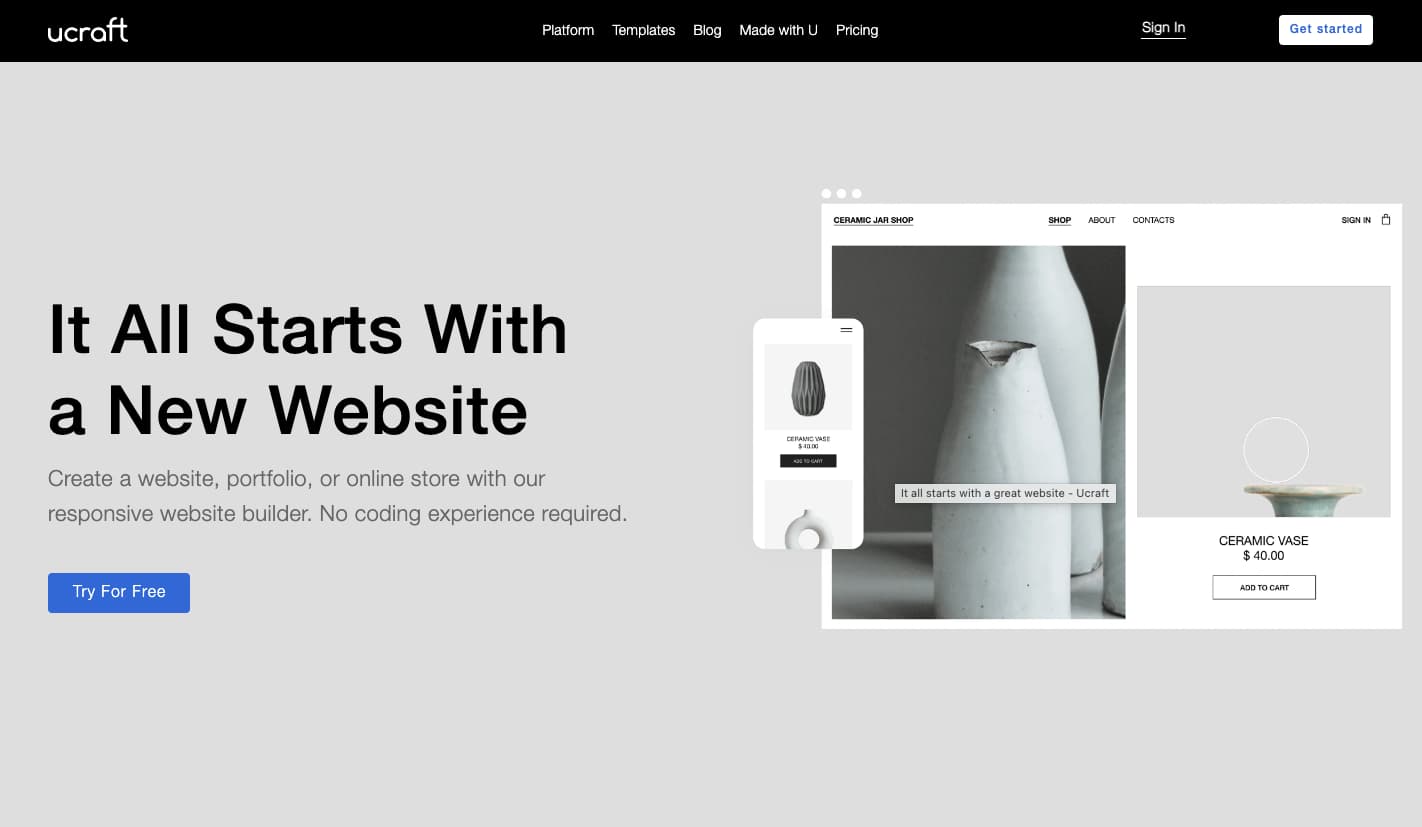
Image source
Ucraft is one of the more advanced and generous website builders on the list. Like the others, it has a drag-and-drop editor, a good selection of templates, and supports ecommerce functionality.
However, Ucraft stands out because it lets you connect an existing custom domain name with its free plan. It also comes with an SSL certificate and unlimited storage. Ucraft’s portfolio page shows sample websites built by its clients.
Core Features
- A drag-and-drop editor
- Free hosting
- Ecommerce functionality
Advantages
- Allows you to connect an existing domain name for free
- Decent selection of free templates
- Includes SSL and unlimited storage on free plans
Disadvantages
- Sporadic loading issues and bugs
- It has a steeper learning curve than most website builders on this list
Pricing: A limited free plan is available. Premium plans start at $10 a month when billed annually.
What we love: We love Ucraft allows users to connect existing custom domains to its free plan. This will potentially save users money in the long run.
Brands Using Ucraft
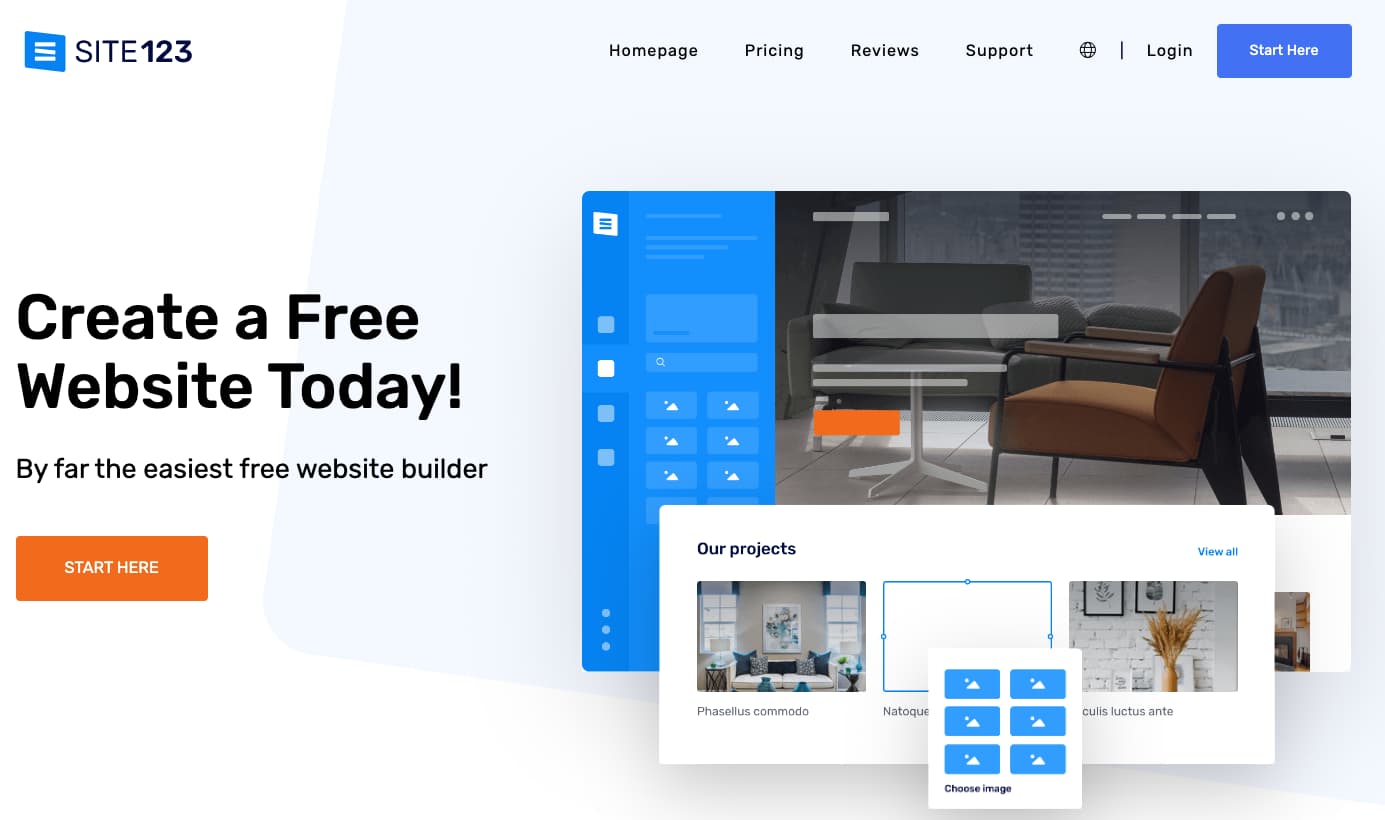
Image source
True to its name, SITE123 lets you build a website in as easy as one, two, and three steps. After setting it up with a one-click installation wizard, you can customize your SITE123 website with a free library of images, graphics, and templates.
Moreover, SITE123 offers web hosting, domain registration, and 250 MB of storage space, so you won’t feel pressured to switch to a paid plan.
Core Features
- Free hosting and domain
- Mobile-responsive design
- Free image and icons library
Advantages
- Easy to use
- Multilingual support
- 24/7 tech support
Disadvantages
- No drag-and-drop function
- Limited storage on the free plan
- Lacks advanced customization features
Pricing: A limited free plan is available. Premium plans start at $5.80 a month when billed annually.
What we love: SITE123 is truly a simple website builder. We love that this website builder is easy to use and appeals to users that want a website without all the extra bells and whistles.
Brands Using SITE123
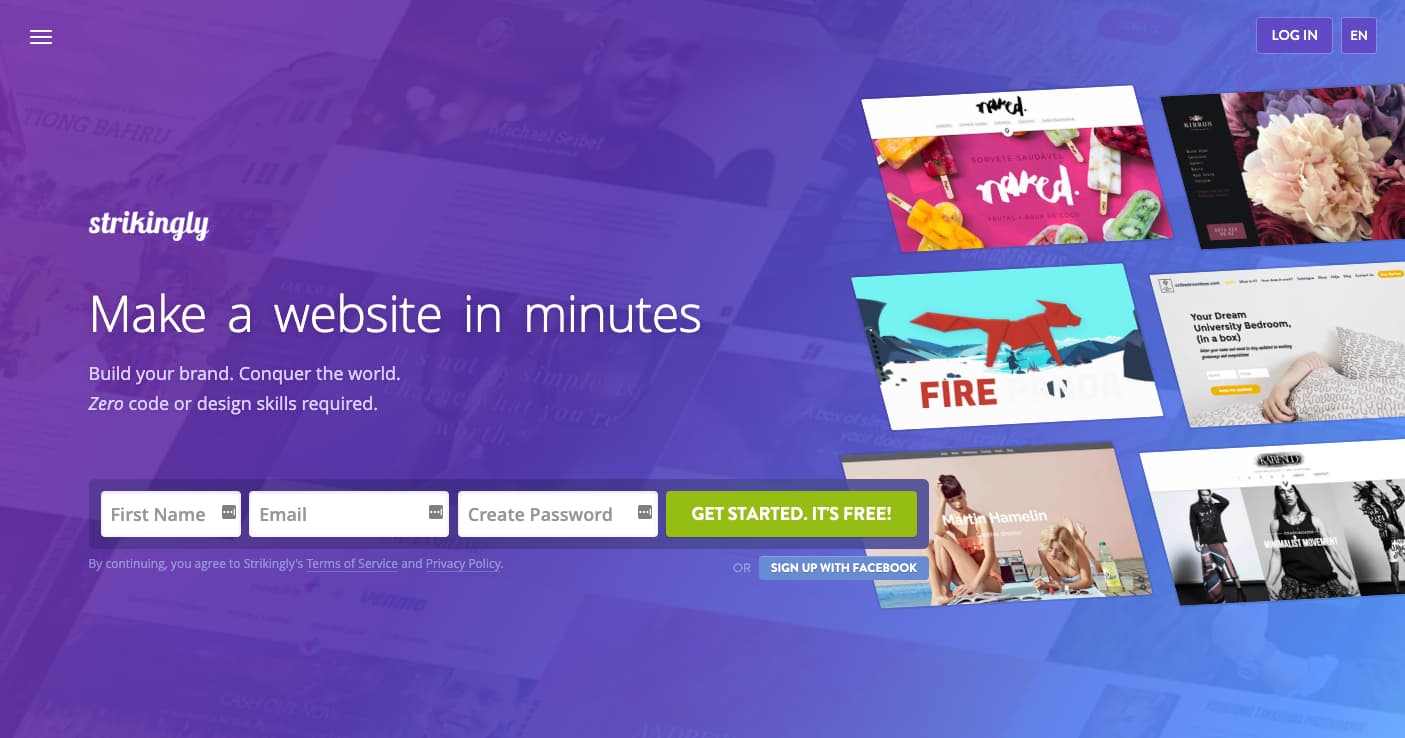
Image source
Launched in 2012, Strikingly is one of the newer website builder tools on the list. It helps users build websites with no programming skills required. Strikingly sets itself apart from competitors by specializing in single-page websites such as portfolios, event pages, or landing pages.
The free plan includes unlimited free sites, a modest 5 GB monthly bandwidth, 500MB storage, and a branded domain.
Core Features
- A library of mobile-optimized templates
- Ecommerce tools
- Analytics
Advantages
- An affordable option for those who want to create multiple sites
- Best for creating single-page websites
- Responsive support team
Disadvantages
- No drag-and-drop function
- Limited SEO functionality
Pricing: A limited free plan is available. Premium plans start at $8 a month when billed annually.
What we love: Strikingly is a great option if you are looking to build a landing page for your product or service.
Brands Using Strikingly
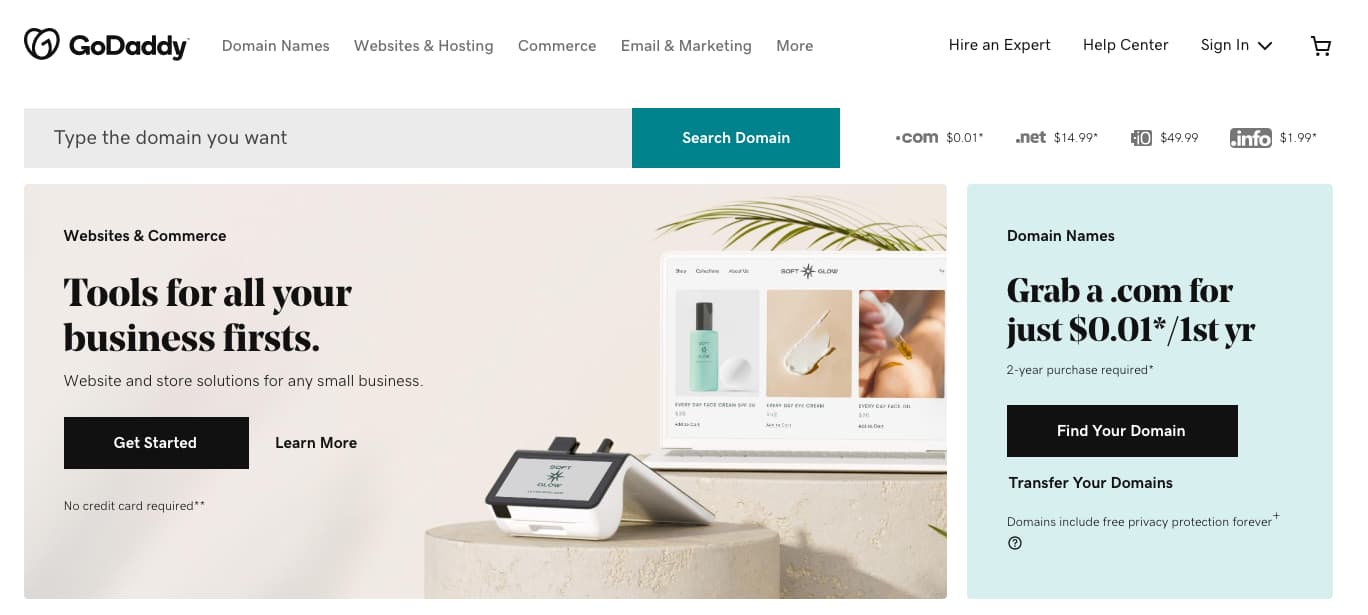
Image source
While GoDaddy is a brand synonymous with affordable web hosting and domains, it’s expanded its offerings to include an all-in-one website builder tool for beginners and small business owners that have purchased hosting and domains.
The website builder is basic, but it has everything you need to build a functional website. That includes a drag-and-drop editor, simple and clean templates, an SSL certificate, and social media tools.
Core Features
- A drag-and-drop website builder
- Marketing and analytics dashboard
- 24/7 customer support
Advantages
- All-in-one solution
- Easy to use
- Mobile-optimized
- Fast page load speeds
Disadvantages
- Limited SEO features
- Limited app store features
- Having your own web hosting and domain carries an initial cost
Pricing: A limited free plan is available, and you can upgrade features at your own pace. Premium plans start at $9.99 a month when billed annually.
What we love: GoDaddy is the full package for those wishing to create a website. Not only does GoDaddy offer a website builder, but also domains and web hosting.
Brands Using GoDaddy
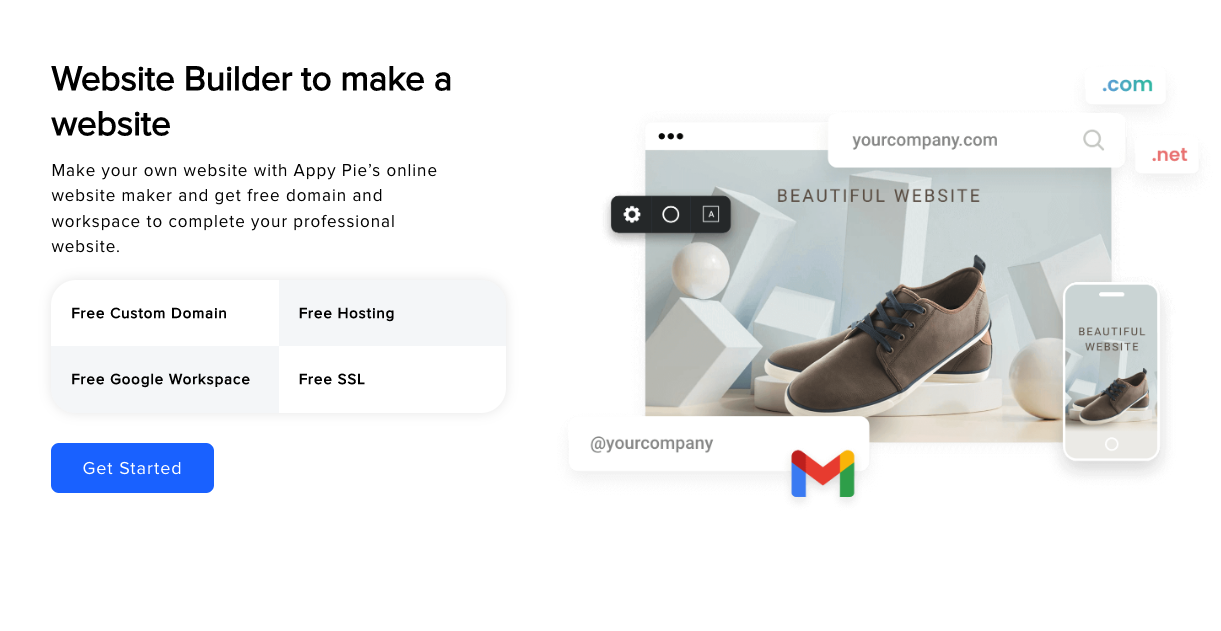
Image source
Appy Pie’s website builder has a drag-and-drop interface that allows you to create well-designed, highly functional, and professional websites without any coding skills or programming knowledge.
All the websites created using Appy Pie website builder are lightweight, fast, and secure to ensure a better user experience and complete customer satisfaction. And since they consume low data, all Appy Pie websites can deliver content without any internet connectivity.
Appy Pie has a ton of ready-to-use templates, design themes, and a visual library to make it easy for users to develop websites at competitive prices.
In addition, the Appy Pie Website Builder also provides a rich library of frequently asked questions and video tutorials. You can easily tackle most of the issues without them having to call customer support.
Core Features
- A no-code website development tool
- Thousands of pre-built templates and designs
- Cross-platform accessibility
Advantages
- Scalability
- Reusability
- Integrability
Disadvantages
- No advanced settings for pro users
- Dependence on external services
- Closed development code
Pricing: A limited free plan is available. Premium plans start at $18 a month
What we love: Appy Pie provides users with many ready-to-use templates, designs, and a visual library. Using the templates and designs, users can create a website that stands out among the competition.
Brands Using Appy Pie Website
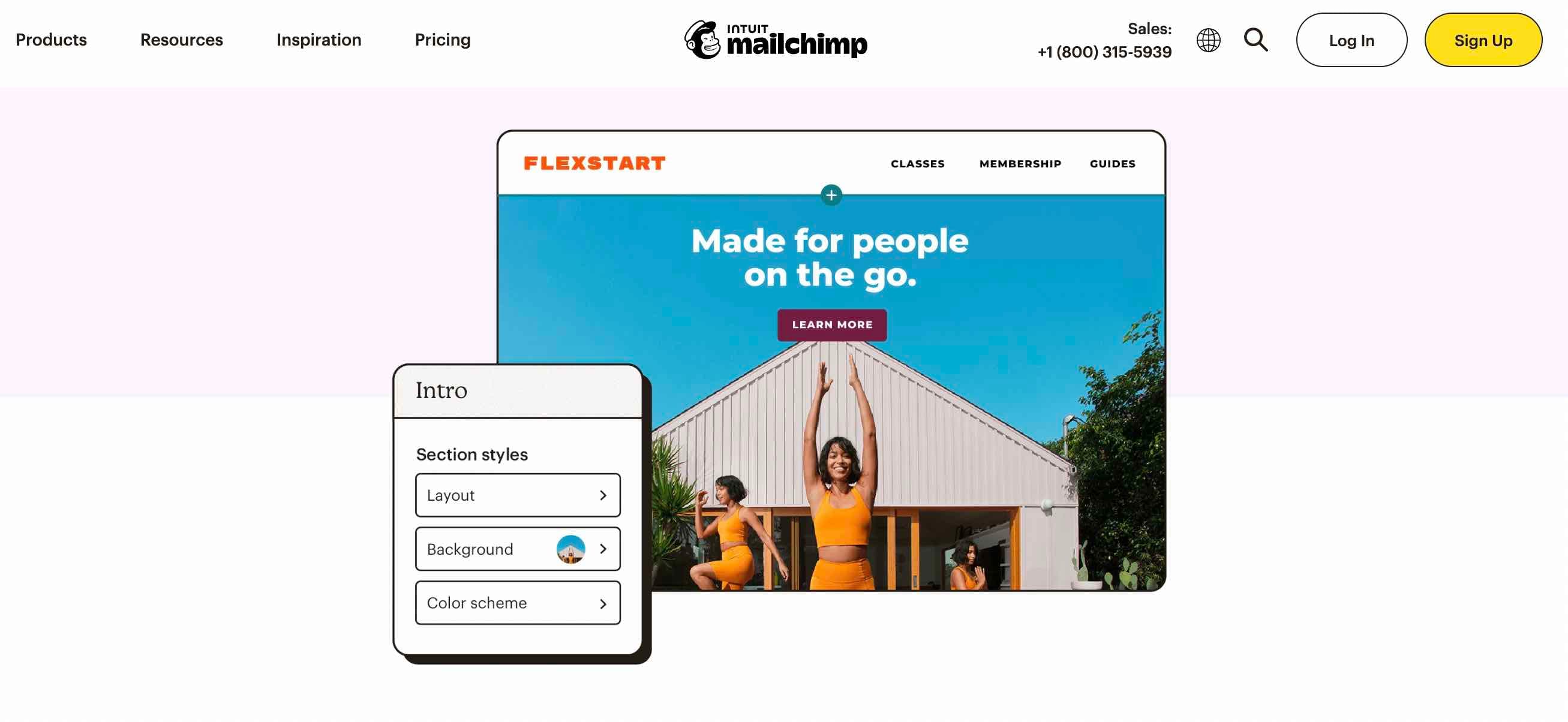 Image source
Image source
MailChimp is no longer just an email marketing tool. Now, MailChimp is your one-stop shop for all things marketing, including building your free basic website.
If you’re familiar with MailChimp’s interface for email marketing, you might recognize the same interface functions in their website builder. MailChimp’s website builder features a drag-and-drop interface, meaning you can quickly design your website to match your preferred aesthetics.
Core Features
- A drag-and-drop editor
- SEO ready
- Email marketing integration
Advantages
- No ads on the free website plan
- Marketing tools
- Ready for ecommerce
Disadvantages:
- Limited free plan
- No ads on your website
- No templates on the free plan
Pricing: A limited free plan is available. The Standard Plan, recommended by MailChimp, starts at $20 a month.
What we love: Users of MailChimp’s email marketing service can easily integrate email marketing into the MailChimp website.
Brands Using MailChimp
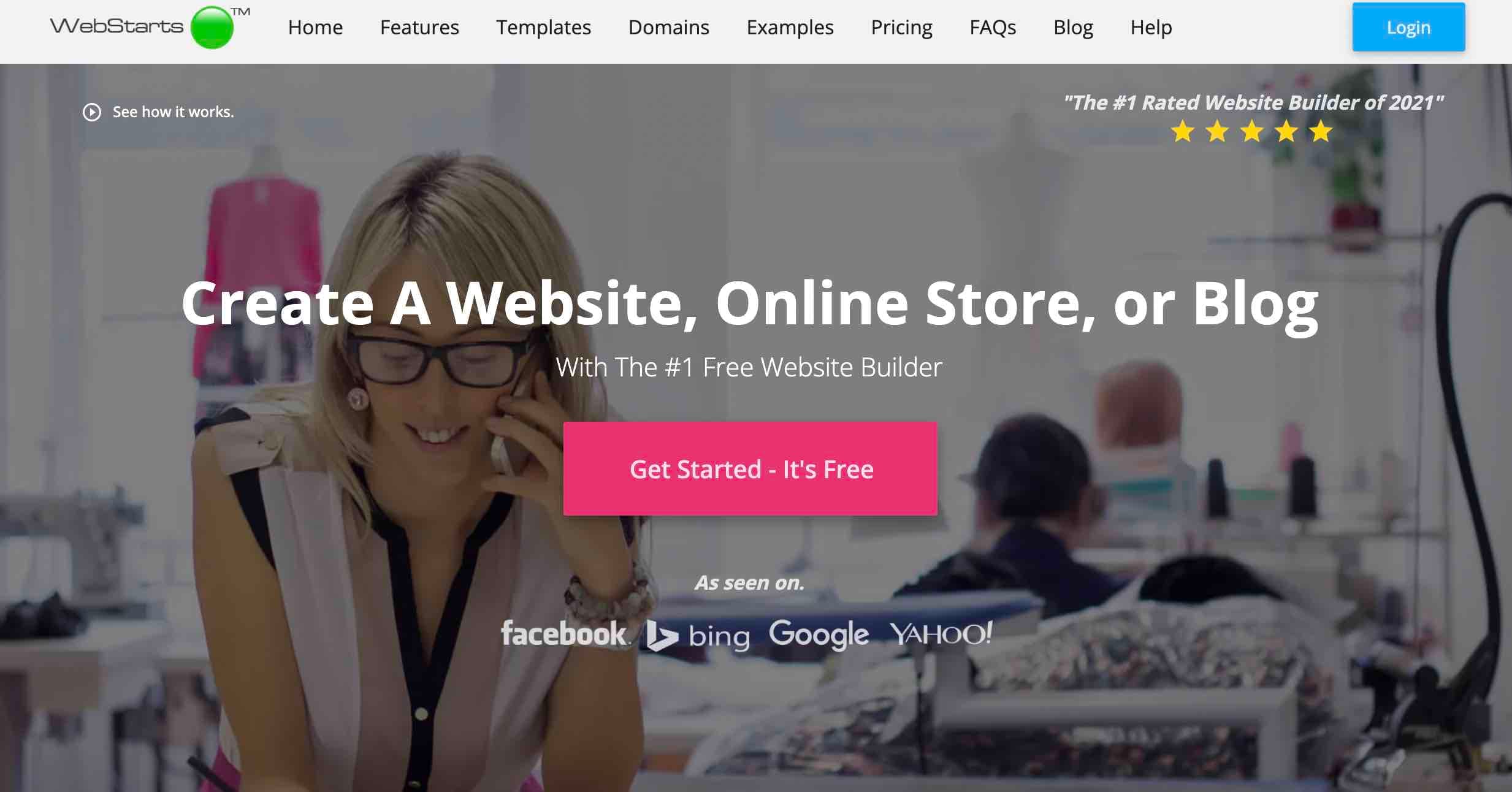 Image source
Image source
Don’t let WebStarts’ somewhat odd homepage fool you. Webstarts is a promising, and more importantly free, website builder with plenty of live support to get you started.
WebStarts does not require the user to have any knowledge of coding or HTML experience. While there is a learning curve, its drag-and-drop interface allows users to create a website that is all their own.
This website builder comes with everything you’ll need to get your website up and running, including apps for form builders, calendars, music playlists, maps, SEO, and more.
Core Features
- Mobile ready
- Automatic domain setup
- Online store
Advantages
- Live customer support
- An unlimited number of websites
- Lots of templates to choose from
Disadvantages
- No access to third-party widgets
- Learning curve to use the editor
- No custom domain for the free plan
Pricing: A limited free plan is available. The Pro Plus Plan starts at $14 a month.
What we love: WebStart users do not have to build their website alone, especially if they have questions or need technical assistance. We appreciate WebStart offering live support to its customers.
Brands Using Appy Pie Website
Website Builder Features You Need
Choosing a website builder tool is easier when you know what you’re looking for. Here are 14 features to look out for.
1. Themes and Templates
Having an assortment of fully customizable themes and templates on the website builder’s theme marketplaces makes it easier for users to change their site’s look.
In that sense, website builders should have theme options that cater to specific niches so users don’t waste time creating new templates from scratch. For example, the website builders on our list have options for blogs, portfolios, ecommerce websites, and more.
Templates should be pre-structured and pre-populated with images, text, and other elements commonly found on websites. For example, every site needs a home page, about page, and contact page. All you need to do is pick one and replace the sample content with your own.
Themes and templates should be easy to customize — with multiple options for backgrounds, layouts, fonts, and colors.
2. Media (Video, Photo, Audio, and Graphics)
Solely having text on your website can be monotonous, so including different forms of media helps break up text and can help information stick. Fill out your website with highly engaging multimedia content and graphics to support vital information and engage users.
You can easily bring your website to life using visual aids and mediums like stock photos, vector images, background images, stock video footage, sound effects, and video editing templates. There are tons of websites that provide media resources that are free to use for content. Freepik is a well-known website that provides illustrations and images.
Many sites also incorporate icons into their sites like within the call-to-actions and resources sections. Flaticon is a great source of icons.
Using these resources will transform your website into something memorable and visually appealing, while also providing a user-friendly experience.
Some website builders offer more robust media capabilities, with multiple gallery layouts, customization options, and editing features.
3. WYSIWYG Editor
Besides an assortment of themes and templates, the best website builder tools make it easy for users to customize their websites with drag-and-drop tools and what-you-see-is-what-you-get (WYSIWYG) editors.
There’s no need to learn how to code when you can update your site in a few clicks. Simply drag and drop elements to the page and see the changes implemented to your website immediately.
4. Malware Scanning
Security is a top consideration when choosing a website builder.
Security features vary depending on the website builder tool you select, but consider it a keeper if it offers malware scanning. Automated malware scanning allows you to address threats before they progress into something catastrophic.
5. Web Application Firewall (WAF)
A web application firewall (WAF) is another must-have security feature.
WAFs sit between your web server and the internet to protect your website from common attacks. You’ll be able to avoid SQL injections and cross-site scripting (XSS) by filtering, monitoring, and blocking malicious traffic from entering the network.
WAFs can come in the form of software-as-a-service (SaaS), and you can customize them to meet your website’s unique needs.
6. Content Delivery Network (CDN)
Besides site security, you should also consider optimizing for page speed. After all, it affects everything from customer experience to conversions and revenue.
According to Portent, a site that loads in one second has a conversion rate 5x higher than a site that loads in 10 seconds.
There are many ways to improve page speed, and a content delivery network (CDN) is one way to do so. CDNs store heavy and static content on distributed servers located worldwide and load the cached content from a location nearest to the user to speed up its delivery.
7. Web Hosting
What good are website builders when they can’t get your website online?
Some solutions only offer website builder tools to make your site. You have to pay separately for web hosting services to get your site online.
The best website builders make it convenient to start websites by offering web hosting. Free website builders offer limited bandwidth and storage just for personal use. You can upgrade to shared, dedicated, or managed hosting for an additional fee.
8. Storage
Web hosting works by providing two services: bandwidth and disk space (or storage).
Most free website builders offer ample (limited) storage for a beginner site but require you to purchase additional storage should you need it.
9. Blogs
People often confuse websites and blogs with each other — they’re similar but not the same.
A blog is a type of website that contains information about different topics. They’re often updated with new articles or posts, while websites only receive updates when needed. In a nutshell, all blogs are websites, but not all websites are or have blogs.
Organizations build websites for different reasons: to sell, showcase a portfolio, or inform — and for those reasons, a blog can be helpful.
Blogs can help your website by:
- Increasing visibility through SEO.
- Generating new leads.
- Building trust and loyalty.
- Creating brand awareness.
Most free website builders come with basic blogging tools and post creation and comment management features.
10. SEO Capabilities
According to BrightEdge, 53% of traffic comes from organic search. If you want to bring in more traffic and views, your website needs to be search engine-optimized.
Most website builders help with technical SEO by offering free SSL certificates and supporting schema markup and XML sitemaps. They also support on-page SEO by allowing you to enter and modify URLs, meta tags, and image alt attributes.
11. Customer Support
While using website builder tools, you’ll likely run into a problem you can’t troubleshoot. That’s where customer support comes in.
Customer support assists you with anything you need help with — technical, sales, billing, payments, or experiences. Depending on the website builder, assistance can come in any (or a mix) of the following channels:
- FAQs.
- Chatbot support.
- Live support.
- A knowledge base.
- Video tutorials.
The best website builders keep a mix of channels and answer inquiries promptly.
12. Ecommerce Capabilities
Are you planning on selling physical or digital products in the future? Consider choosing a website builder with ecommerce capabilities.
There are dedicated ecommerce website builders, but these are often paid solutions with robust functionality such as apps for payment and shipping.
Free website builders often integrate with a third-party ecommerce application or support a simple built-in store.
13. Third-party Integrations
There’s nothing worse than realizing your existing tech stack doesn’t work with the website builder you chose. Thus, it’s crucial to consider whether a website builder allows third-party integrations.
Your website builder should integrate with external tools, such as email marketing, ecommerce, and social software.
14. Analytics and Reporting
Your website builder should also have an analytics and reporting function to measure important metrics like the site’s popular pages, bounce rate, average duration per visit, and more.
Alternatively, you can track your website metrics in an analytics and reporting tool. When you bring your web analytics together with other key funnel metrics like trials or activation rate onto a dashboard, you give everyone on your team the ability to explore your data and uncover insights.
Picking Your Website Builder
There you have it! Since most of these website builders are free, try out a couple if you’re unsure of the best fit. In particular, take note of what you really want to get out of your site to ensure your needs will be met by one of these builders.
Editor’s Note: This post was originally published in November 2018 but was updated in January 2023 for comprehensiveness.
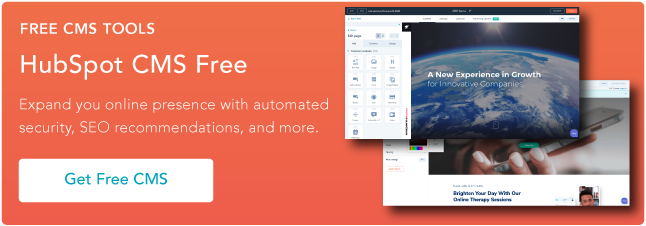

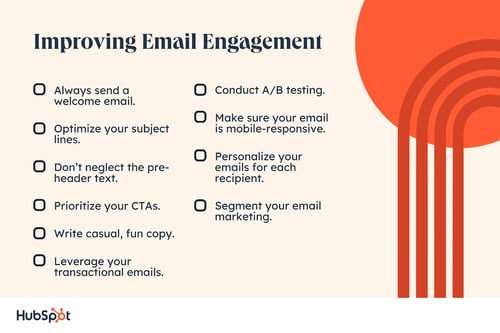

![]()

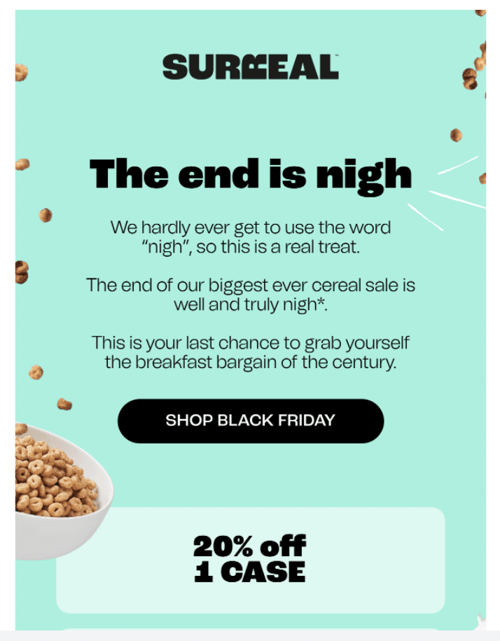

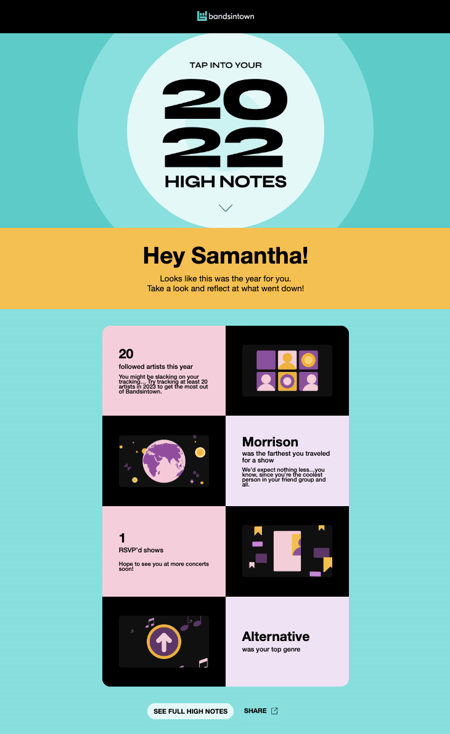
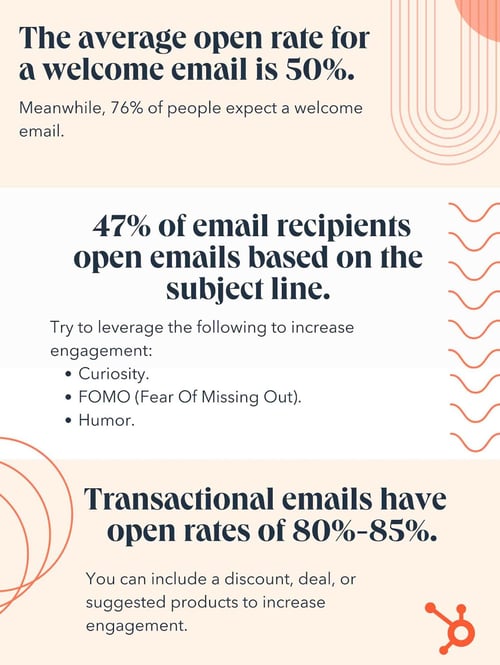
![]()

![→ Download Now: The Beginner's Guide to Email Marketing [Free Ebook]](https://i4lead.com/wp-content/uploads/2023/03/53e8428a-29a5-4225-a6ea-bca8ef991c19.png)

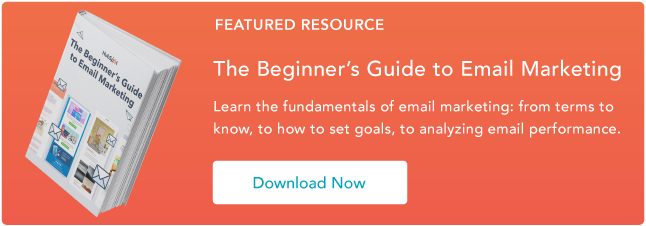


![→ Download Now: Market Research Templates [Free Kit]](https://i4lead.com/wp-content/uploads/2023/03/6ba52ce7-bb69-4b63-965b-4ea21ba905da.png)
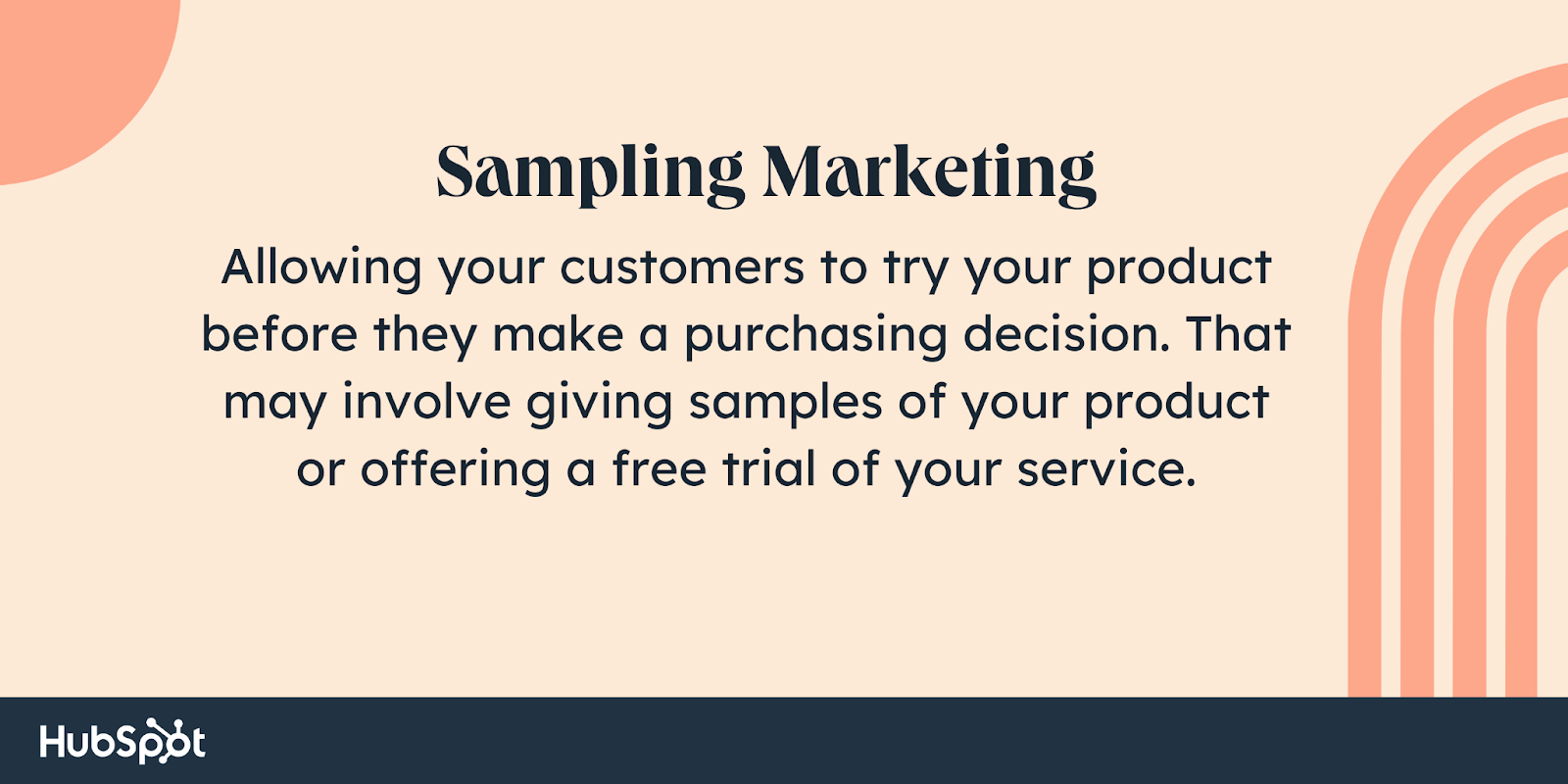
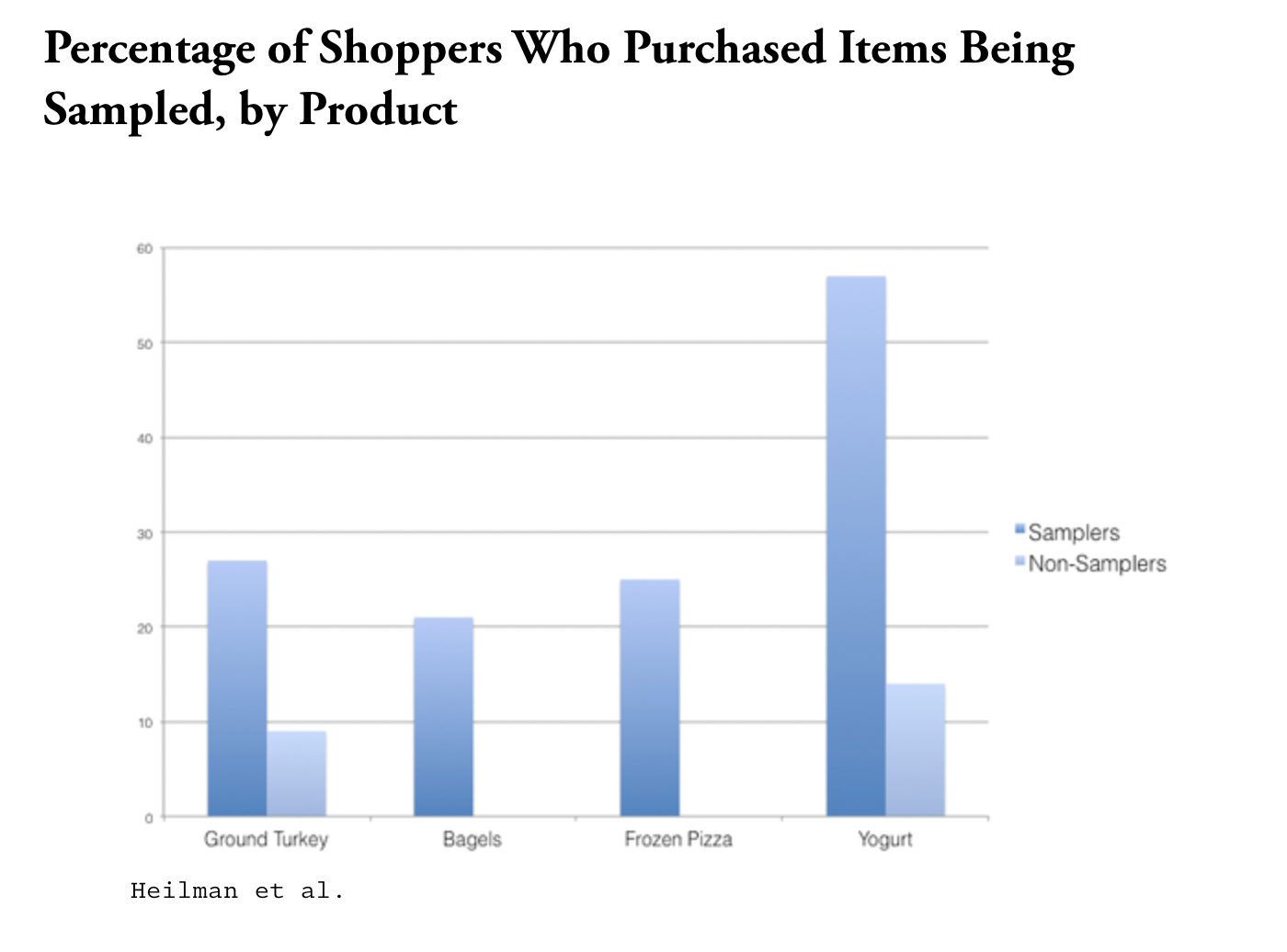

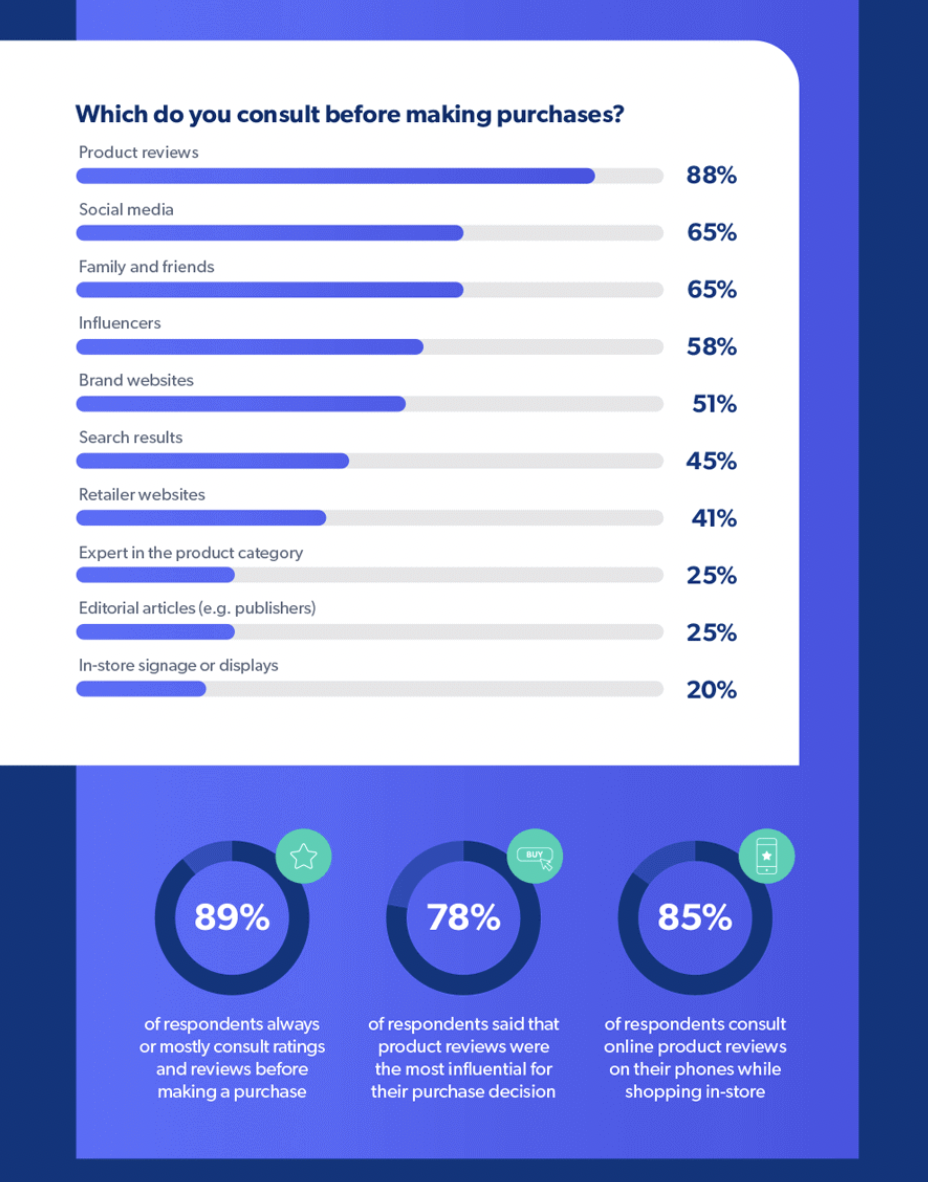
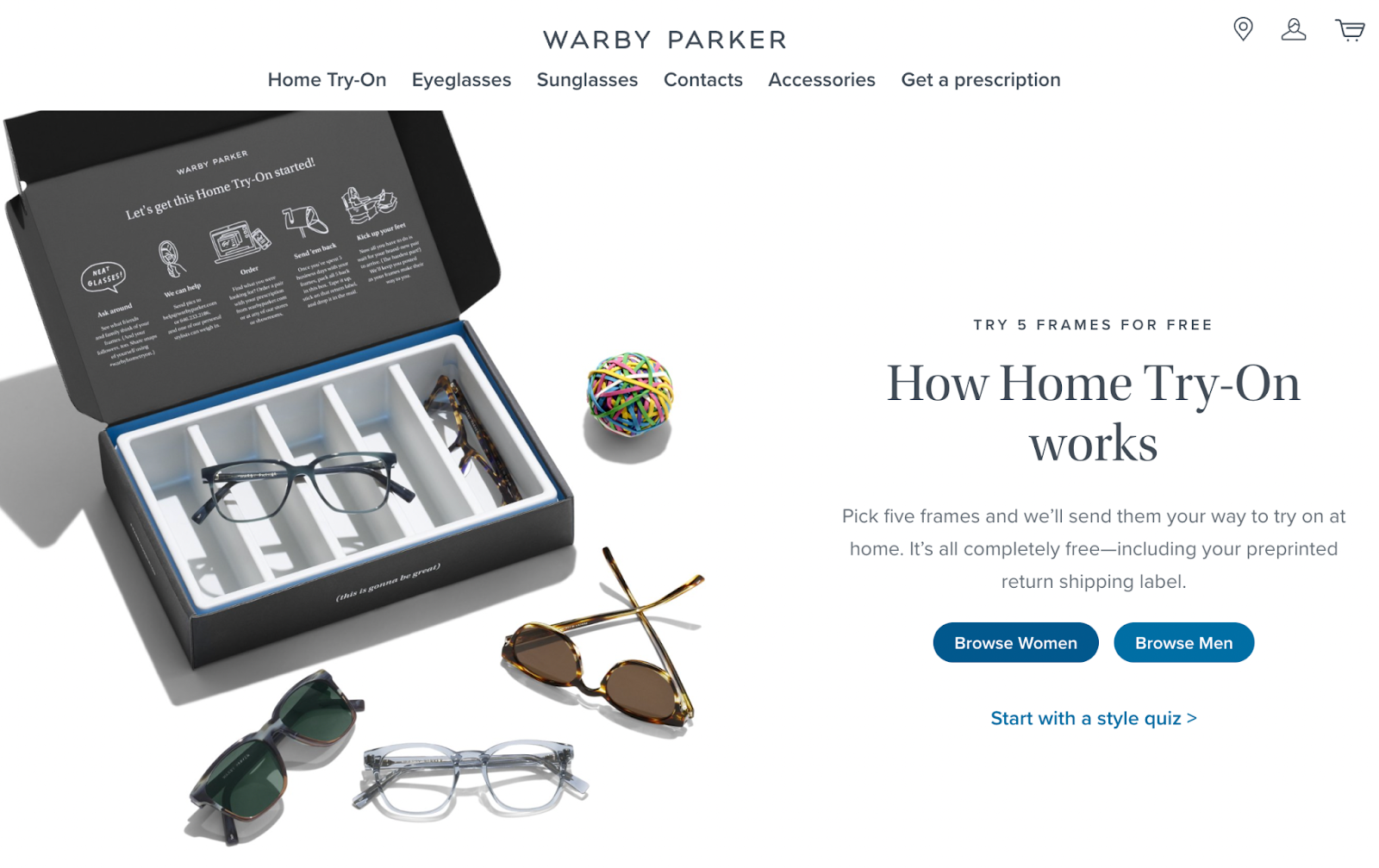
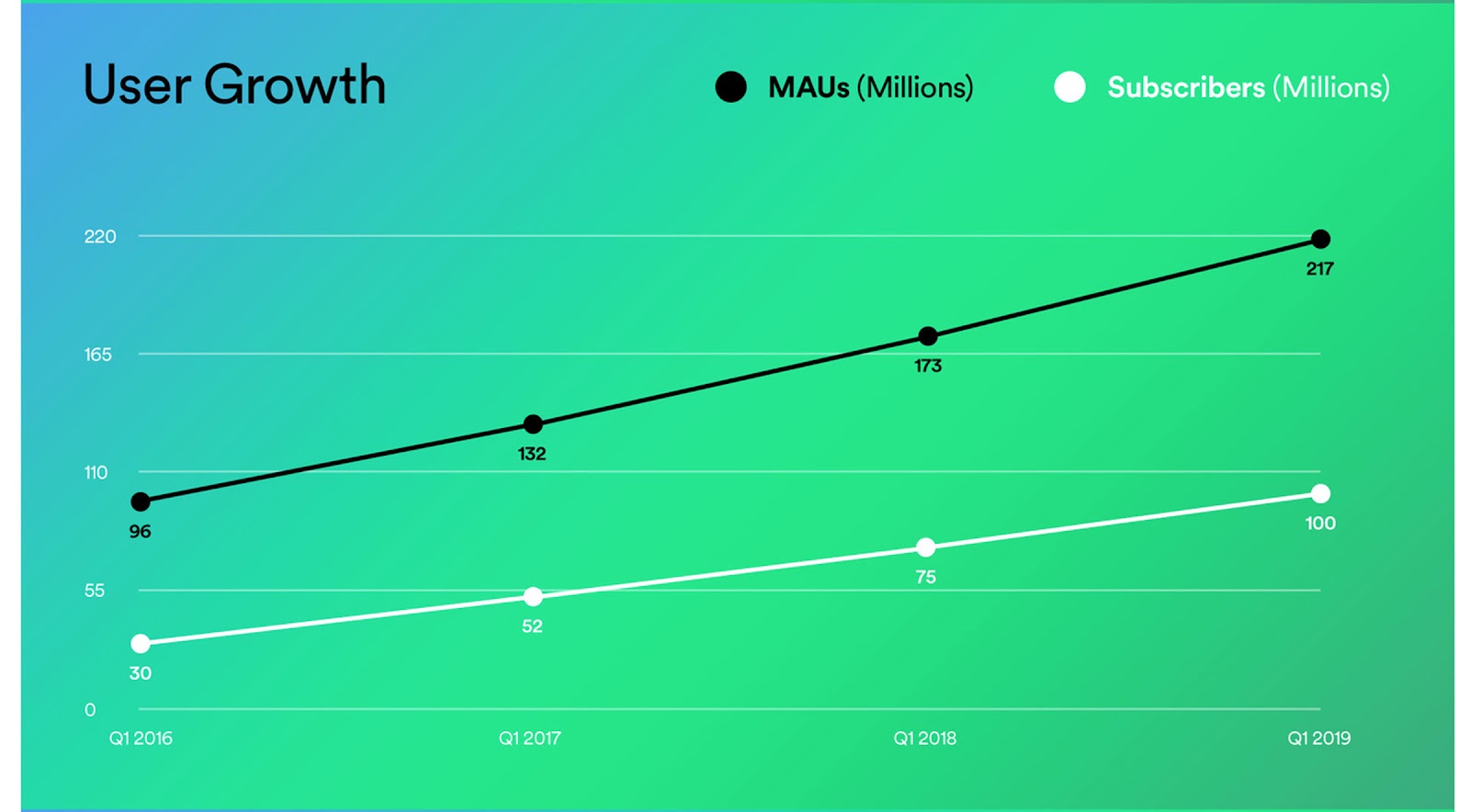

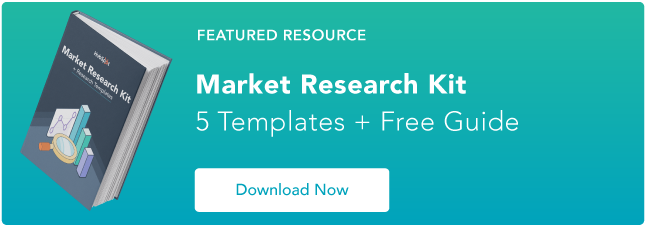




















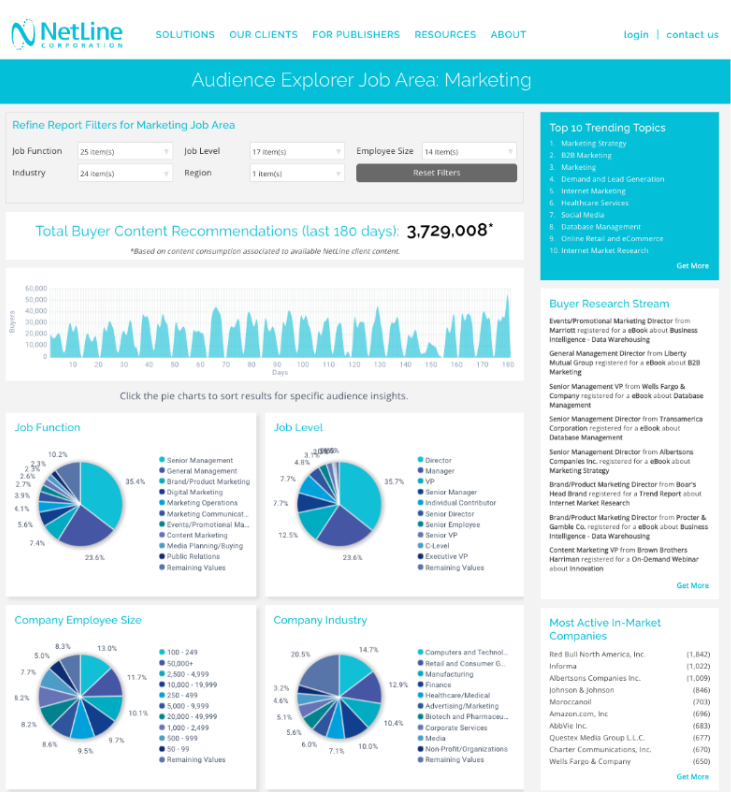

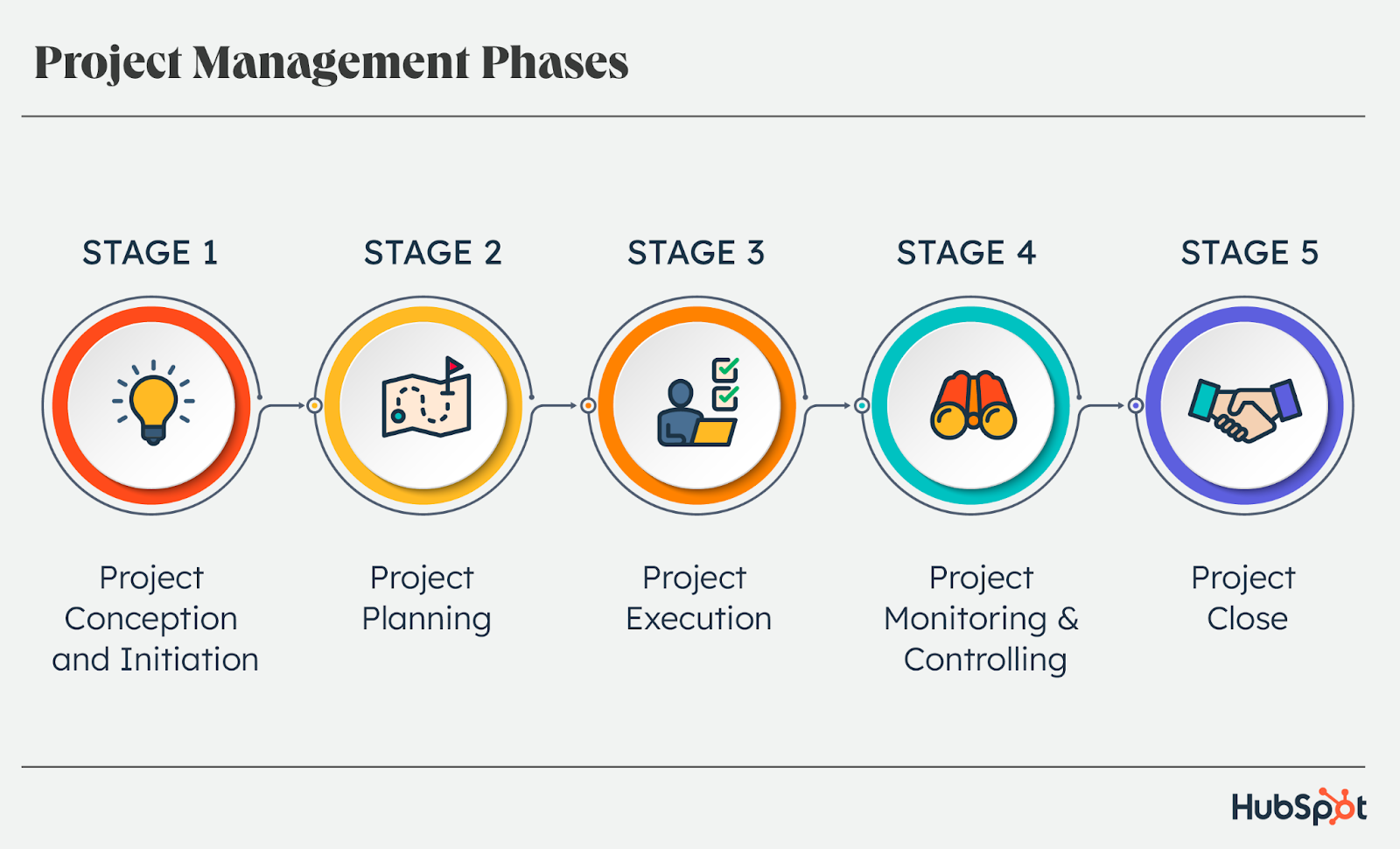


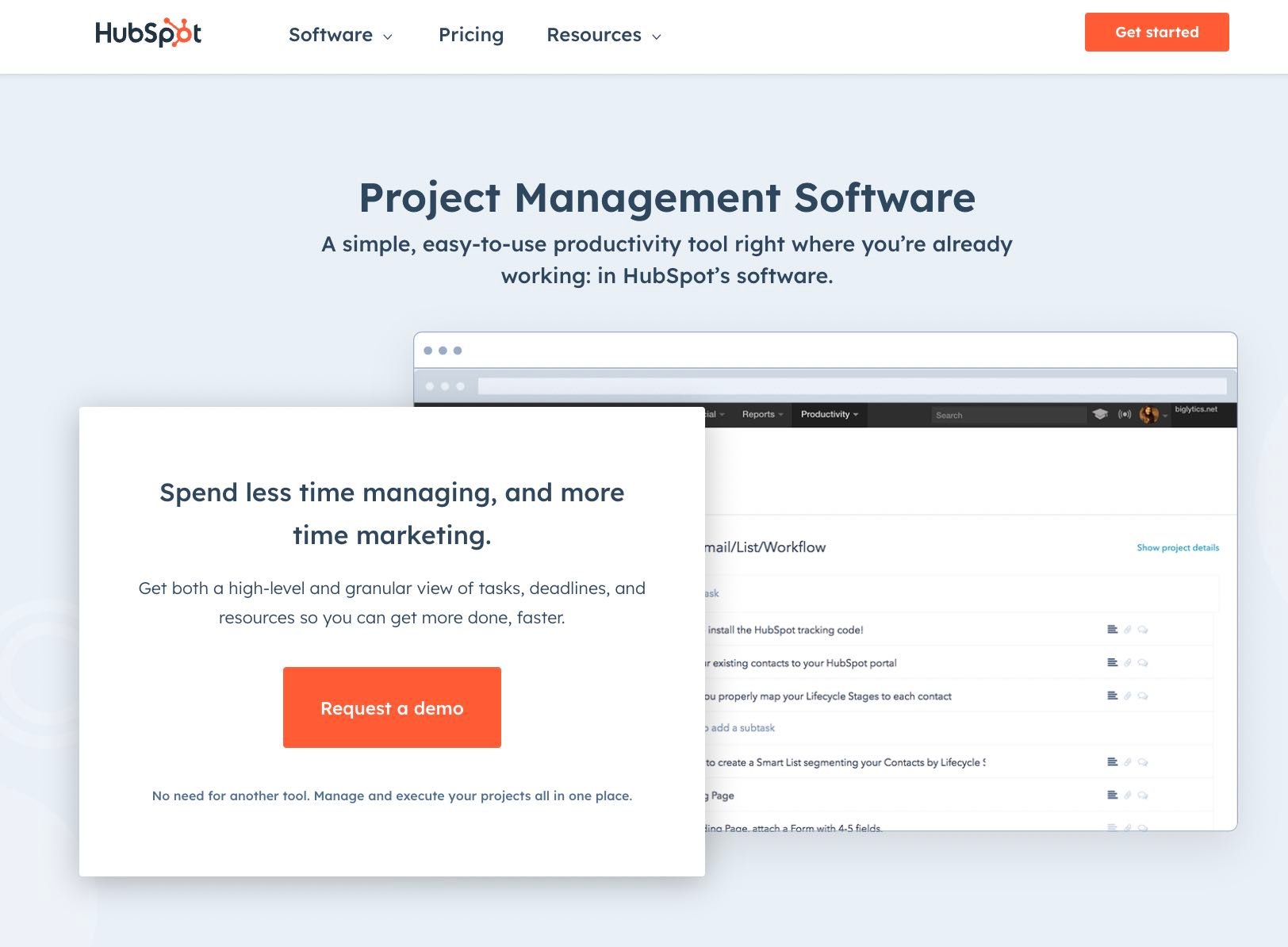

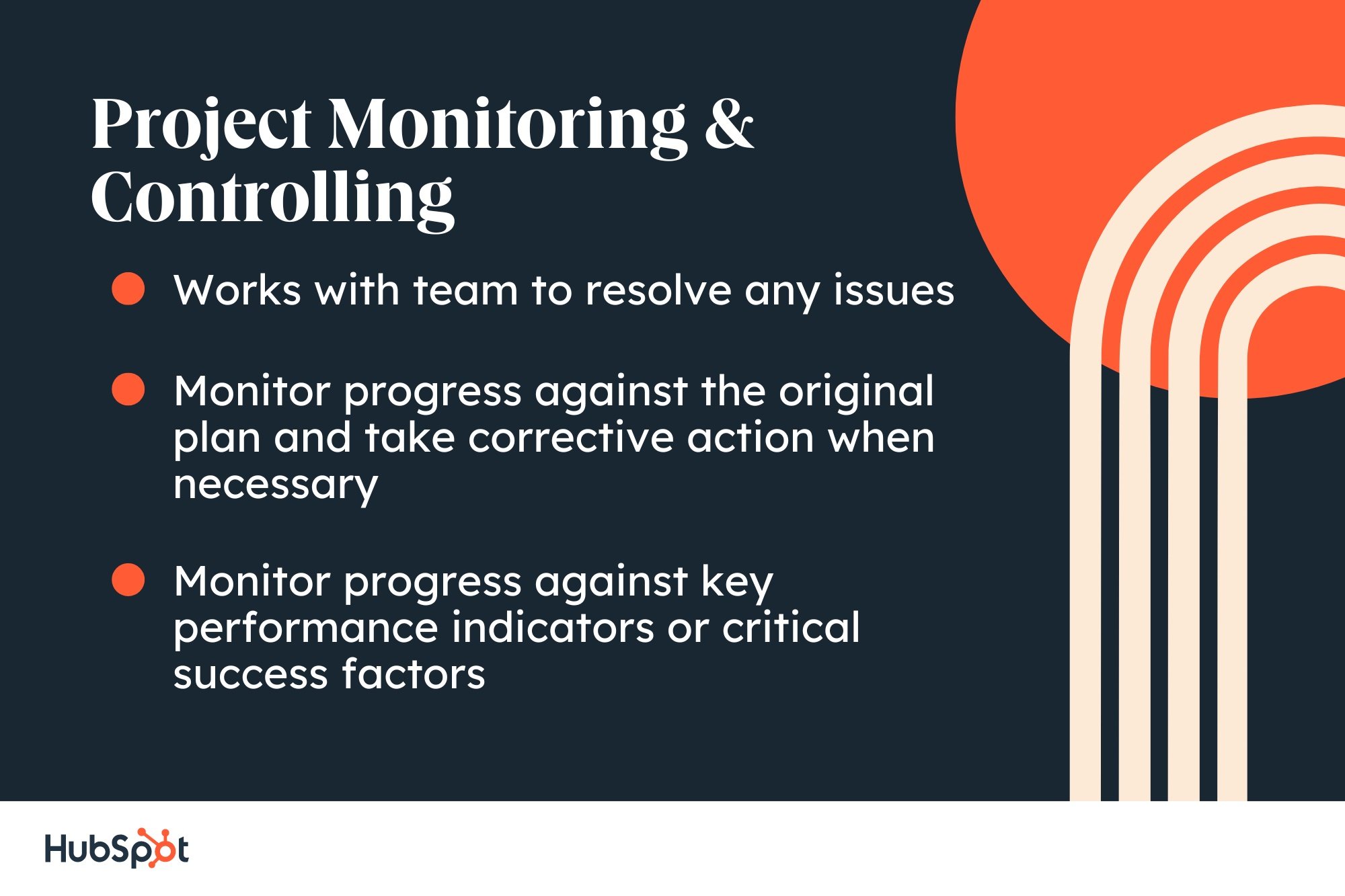



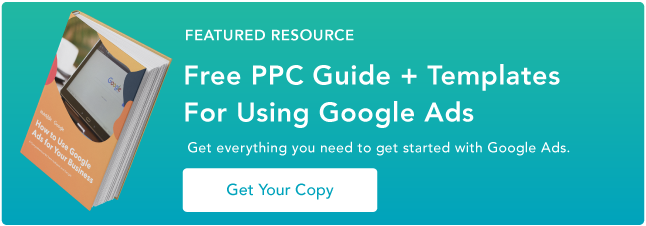

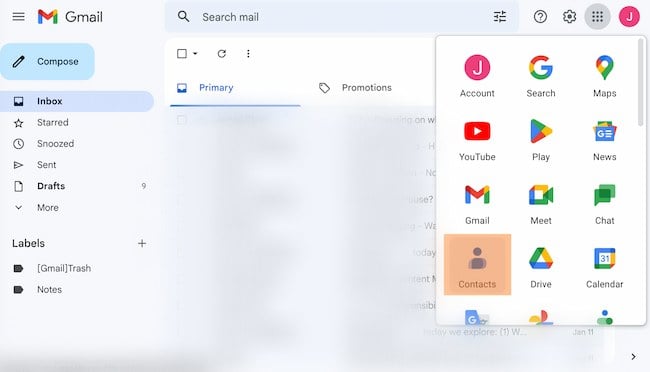
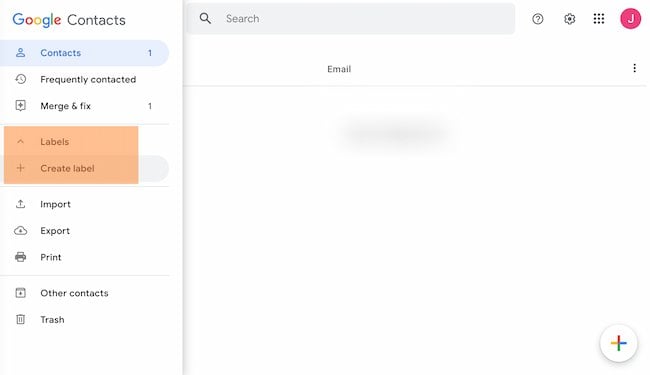
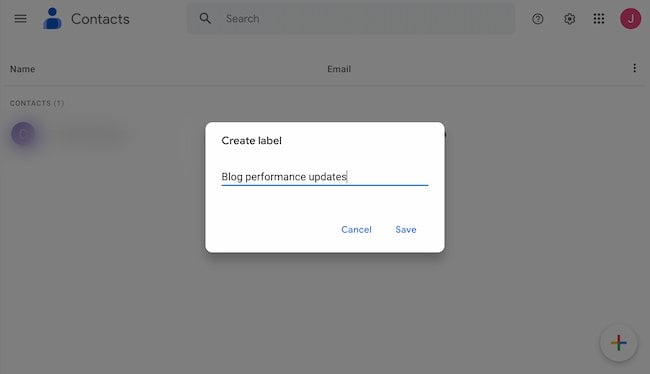
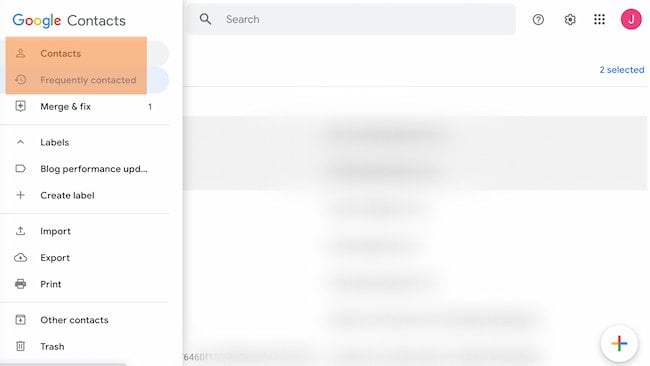
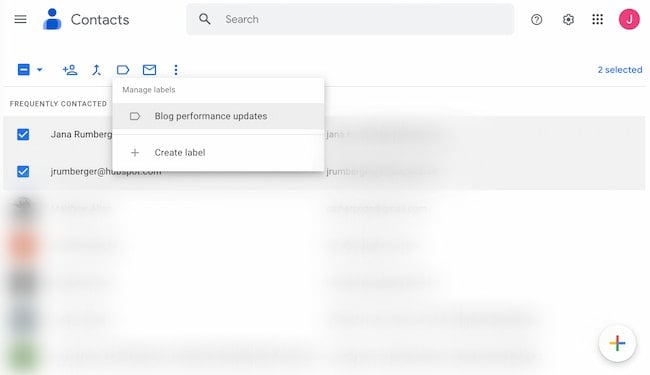
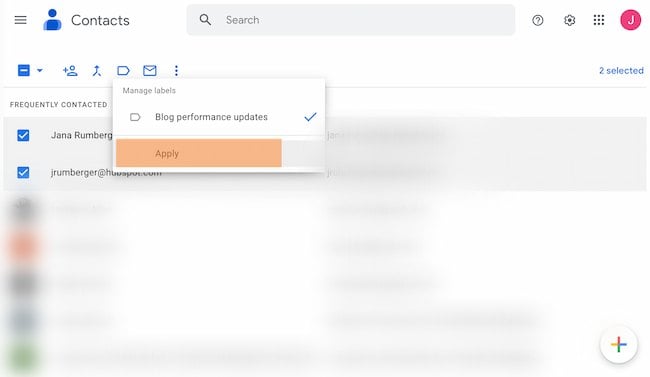
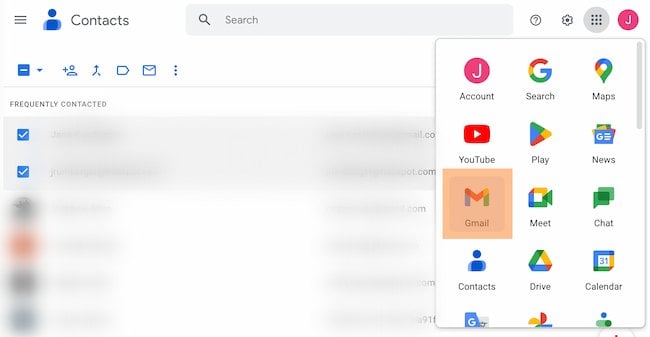
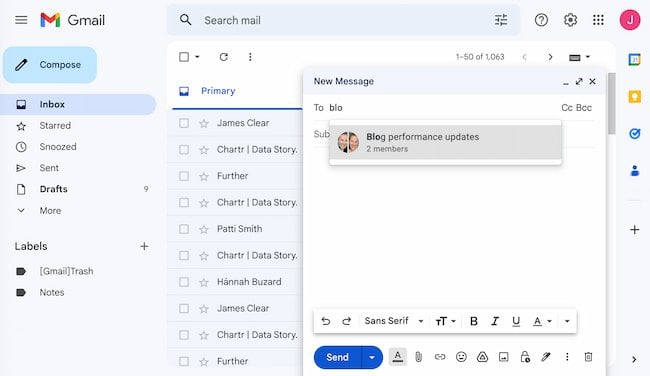
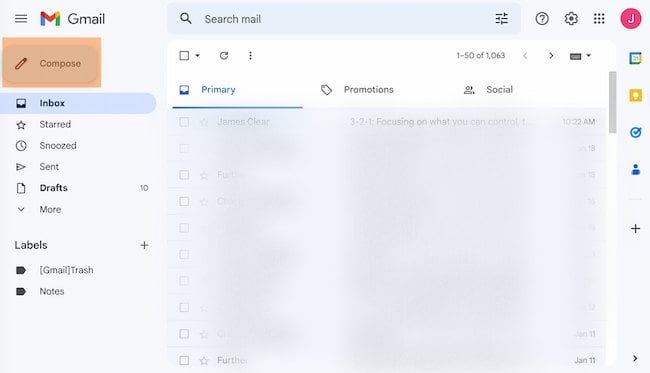
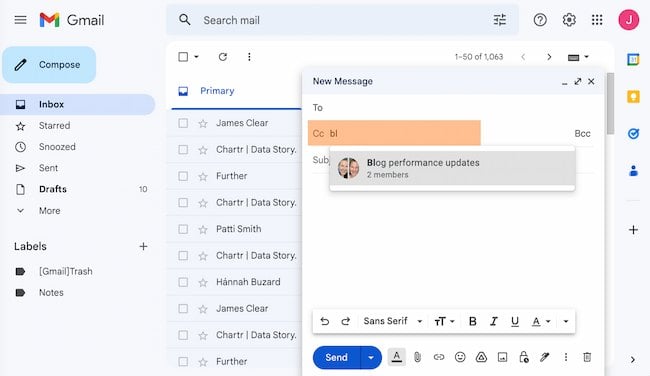
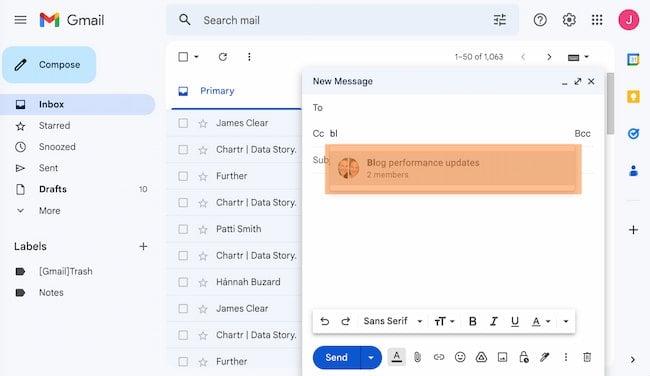


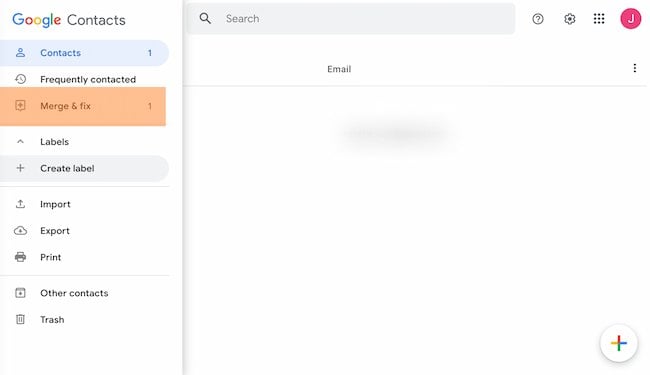
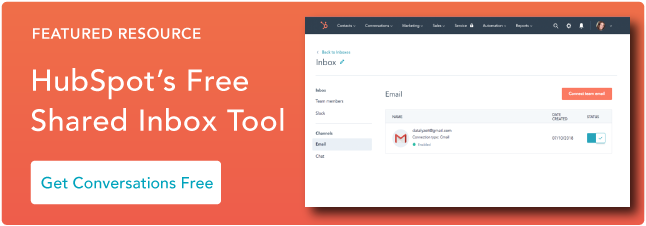
![→ Download Now: 12 Resume Templates [Free Download]](https://i4lead.com/wp-content/uploads/2023/03/4ec95757-585e-40cf-9189-6b3885074e98.png)



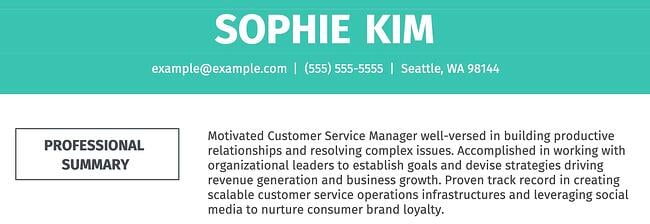


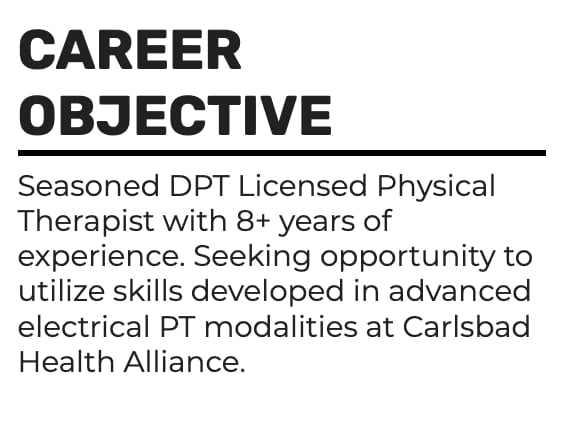
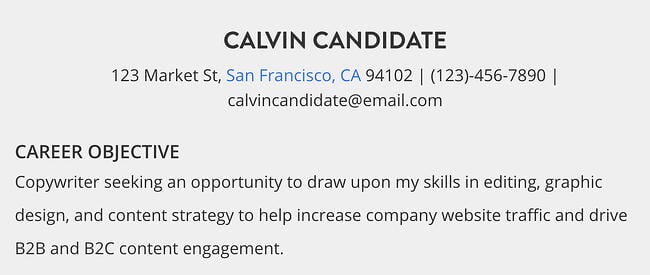




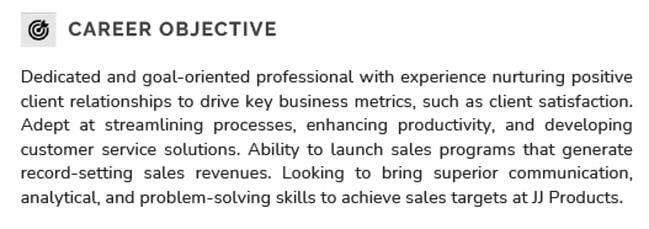




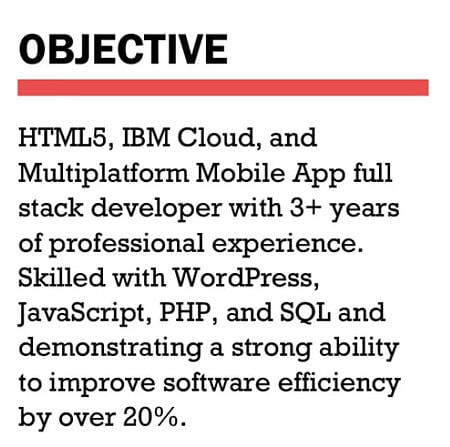



![Download Now: The State of Social Media Trends [Free Report]](https://i4lead.com/wp-content/uploads/2023/03/3dc1dfd9-2cb4-4498-8c57-19dbb5671820.png)
